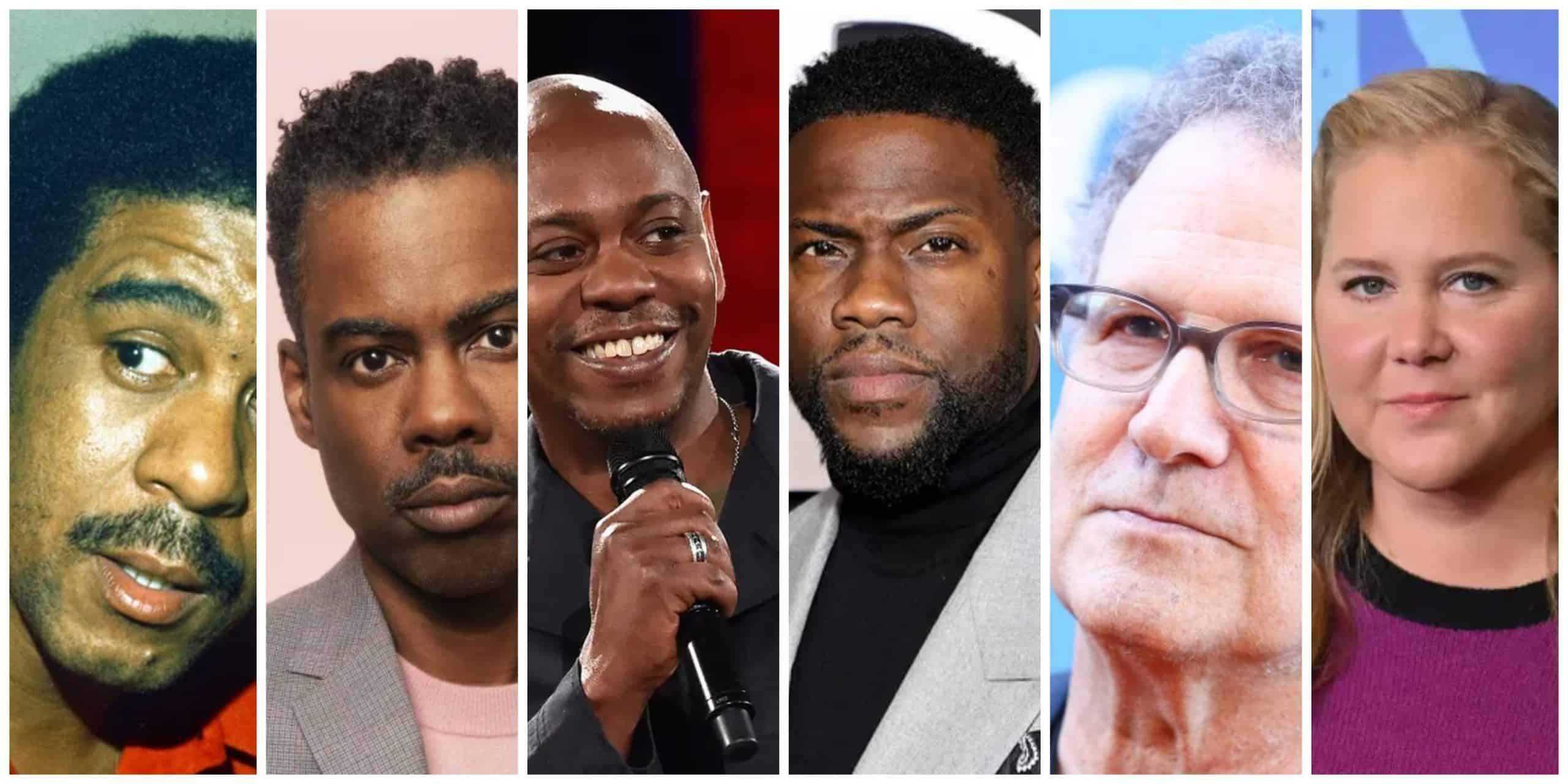The mode of getting up on the stage in front of strangers with a mic and a spotlight and making jokes to laugh their tears out has recently been gaining popularity. Though it looks new, it has been for more than a century, and some of those old comedians have hung the mic but are still alive, again, not performing on stage anymore.
It doesn’t matter from the comedian comes from, and we see many people from different backgrounds trying to make people laugh on stage. The format is always simple a man/ woman walking on the stage in a bar, arena, or theater and begins to crack jokes leave after making the audience laugh.
In this list of top clean comedians of all time, we have considered the timing of the delivery, technical efficiency, quality of the written content, artistic merit and on-stage presence, and the improvisation needed to make something funny. This list is in no particular order; it focuses on comedians whose performances have been the major reason behind the genre of standup comedy. Their contributions have helped to bring this genre into mainstream existence. This list has your favorite comedians whom you can expect on this list if you are a long follower of this genre.
Also Read: Best Soccer Players in the World Right Now [2023]
I’m a Be Me from 2009, Wanda Sykes’ finest special to date, giving viewers a hint as to what one can expect from the performance.
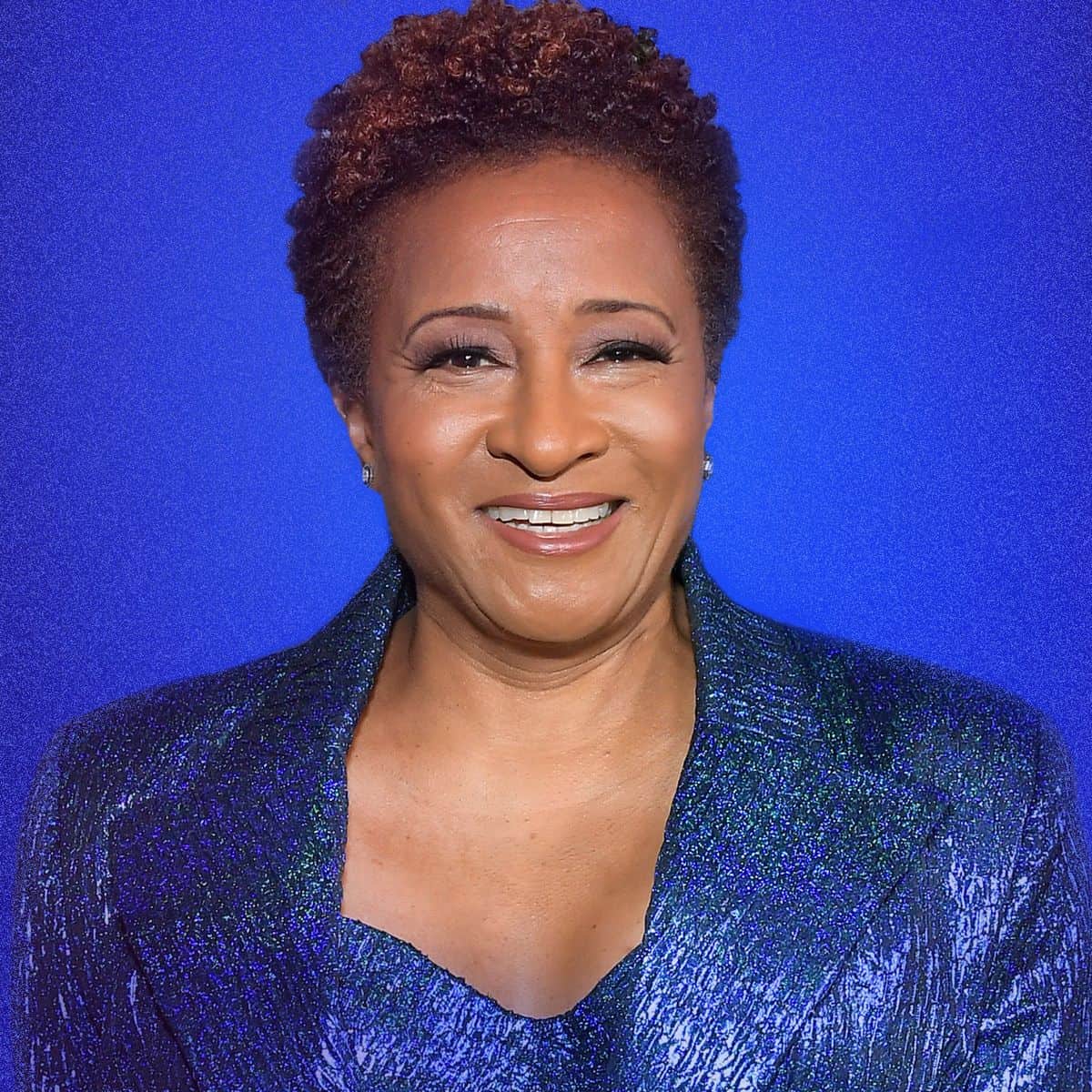
A veteran of The Chris Rock Show’s writing room, she has mastered the ability to project both street smarts and personal closeness while onstage, giving an audience the impression that they’re seeing something.
She could admit how much tougher being homosexual is than being African-American, talking about waxing, or compare her flimsy bits to a hunted animal crossing the Serengeti and coming out as Gay.
Aziz Ansari
Forget the “Raaaandy!” character; even without his fictitious frat boy persona from Funny People, Aziz Ansari is one of the few active standup comedians today who is spreadable while he is performing on the platform.
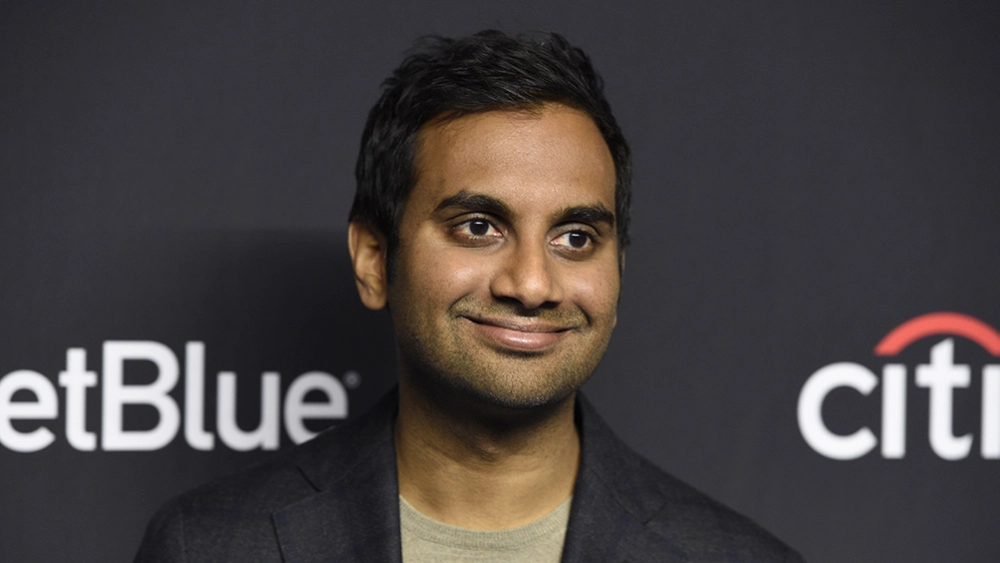
In his early acts, the Indian-American comic centered on the endearingly crazy joys of modern culture, like hanging out with celebrities and upsetting his cousin Harris online. He later transitioned to playing stadiums and tackling issues that were more adult, the dehumanizing consequences of technology, and his parents’ experience immigrating to America.
Ansari has started to develop both depth and loudness in his sense of humor. As seen by his bright SNL speech about the discrimination of the new “lower-case kkk” alt-right, he is a whiz at fusing socially conscious humor with his over-the-top “can you believe this?” sensibility.
Margaret Cho
Remember Margaret Cho’s first HBO Comedy, Half-Hour? She was a comic who joked about growing up with a loud Korean mother who ran a bookstore that sold gay porn (“What is ass master?!”).

Cho has since become even more confident in her own self and open about her obsessions. Recent outings illustrate that the San Francisco native hasn’t grown timid and is not scared by names like “PsyCHO,” “Cho Dependent,” and “Mother!”.
Young and new artists take inspiration from her performances because of the unfiltered content and openness while talking about menstruation, colonics her being a “dick widow.” You can look up for that what it means, and she is a sex-positive feminist and LGBT activist.
Think about the 1980s stereotypical female comic: Big hair, a suit jacket with shoulder pads and rolled-up sleeves, and the distinct brick wall in the background. You’re seeing Elayne Boosler, but a constituent of the standup; she had been developing for years before it became cliché.
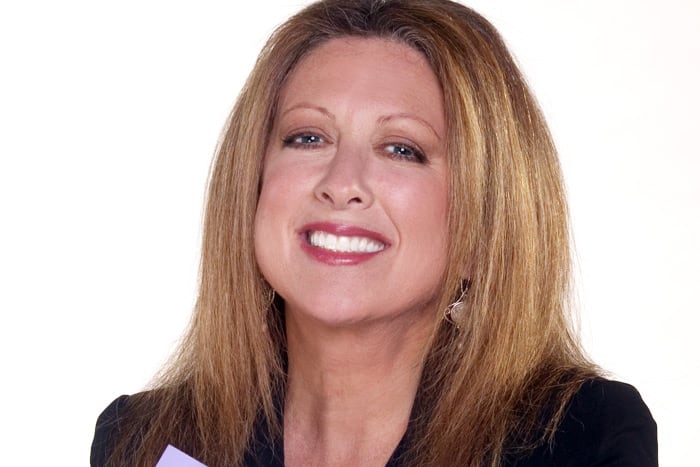
Boosler tackled sex head-on at a period when female comedians avoided the subject (The iconic line on men that they want to yell that you’re the best and saying that you have never done it before with anyone else). She was binding in getting the business sector to take notice of women.
She produced her own comedy special, “Party of One,” in 1985. After it was a success, Showtime hired her for more specials. She was the best at what she did, and everyone kept trying to be like her until the comedy boom of the 1980s and did not accept alternatives.
It’s not a surprise to people who have witnessed Reggie Watts’ combination of humorous, unexpected madness that he named Bugs Bunny and Monty Python as inspirations. He makes hip-hop jams about boning and soul ballads about big-ass purses.
He riffs on space, time, and why no one has to eat a full croissant; he gets stuck in fast gestures; he speaks in gibberish French; and he ghoulishly fumbles with his mic stand for minutes at a time.

Watts is a talented singer and guitarist who has a penchant for moving beyond cornball jokes to experimenting with word rhythm and sound, which makes his performance challenging to categorize.
Additionally, his television show A Live in Central Park will assist viewers in conjuring up a bizarre future in which standup, improv, and music may all cohabit under one anything-goes Absurdist worldview and one Afro with a halo.
Freddie Prinze
A chubby 19-year-old Puerto Rican called Freddie Prinze presented his supernatural knowledge of standup on The Tonight Show a few years after quitting high school to work in New York bars, and the rest is history.
Although the endearing, mustachioed Freddie had only potential, he became involved in the 70s drug scene and struggled to cope with his quick rise to the fame and stardom he was getting once Chico and the Man became successful; at age 22, he would commit himself.

He only released one album (“Looking Good”) and one early HBO special. The influence he left is still felt today. Take his affable demeanor, laid-back demeanor, autobiographical subject, and gentle self-deprecation—right down to the opening portmanteau “Hungarian” he used to explain his biracial heritage—and you have the model for half of the acts emerging in the backrooms of New York bars today.
Russell Peters
The Canadian-born Russell Peters, who is widely seen as the first really international standup comedian, pokes fun at all the ethnic groups you can name on a person, by-nation basis.
His minute attention to detail and talent of mimicking allows him to address his vibrant, racially diverse audiences with exclamations like “Any Filipinos in the house?” His broad descriptions play fast and loose with preconceptions, but how many other comedians spend an entire 10 minutes explaining the merits of Mandarin and Cantonese?
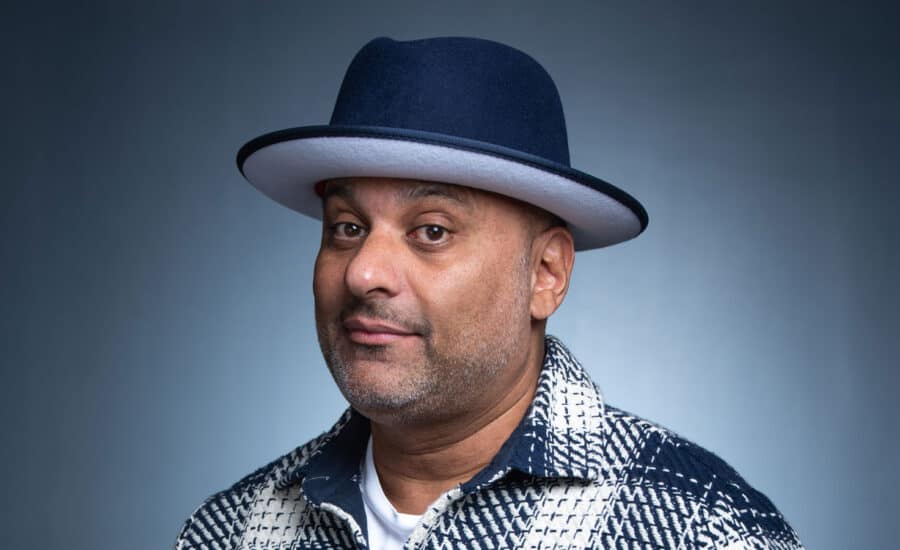
Although he is seldom known in the American entertainment industry, YouTube videos of his performance have allowed him to reach a vast audience, and he has long been tipped as the highest-earning comedian by Forbes. Young comic innovators from countries other than the United States may credit Peters for introducing them to the genre.
Amy Schumer
She has surpassed the sex talk of swaggering and dejected males, making it available to ardent or dumb enough to encounter it in all of its uncomfortable, messy.
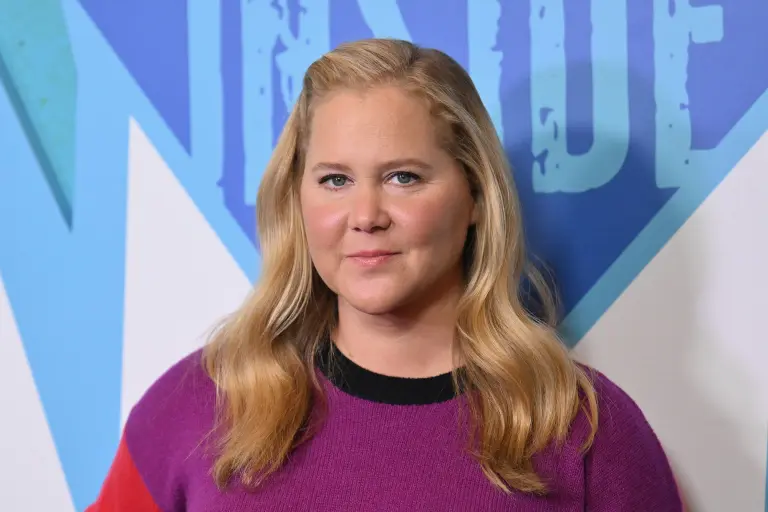
But Amy Schumer stands out because her humor is both daring and ferocious, making her one of the most interesting comics working today. She wraps difficult ideas in cute closures and doesn’t mind dazzling to make her junctures.
And while her political views are more evident in her sketch program “Inside Amy Schumer,” she examines how women are punished for wanting pleasure in men, food, hedonism, feminism, freedom, and life, which is when her standup hurts the most.
Phyllis Diller
Phyllis Diller’s freakish fatuousness caused her audiences to sit up in their seats with her gaudy, sparkly clothes (she was working as a lampshade in Las Vegas”) and hair standing on end. She then began making witty comments about her appearance, her kids, her husband “Fang,” her mother-in-law, her housework, and finally, her age.

She would comment that you become old when people stop using the blood type. Many have tied to copy her gruff guffaw, but no one has been able to match her unusual impression or her knack for a razor-sharp, Vegas-ready one-liner.
She cajoled crews of very early and new audiences to be reckoned the first female household name on the list.
Bernie Mac
The commanding phrase “I ain’t scared of you mo#####rs” established a career and converted Bernie Mac’s performance on the first Def Comedy Jam into a polemical issue.
The Chicago native’s renowned act was established as a grandiosities comic with an oddly magnetic delivery and a proclivity for exhaling all of his breath to make a particular if that point was tangled in one of his irritated anecdotes about raising kids.
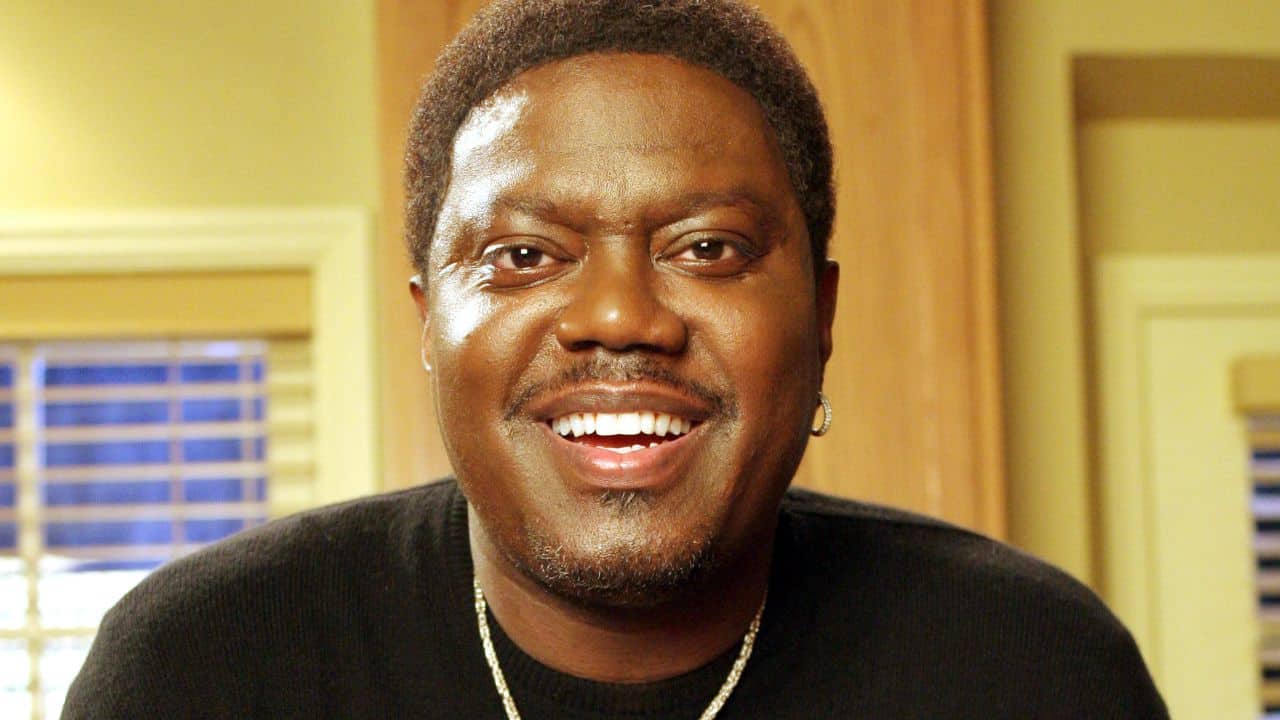
He said that his schooling was done at an old school. He added that in The Original Kings of Comedy concert film by Spike Lee, he would kick some ass. He imagines the boxing hands of her sister and the playful time with the two-year-old. He wasn’t politically right.
The late, great Mac stood head and shoulders above his contemporaries with his wide-eyed, foul-mouthed charms that appealed directly to black audiences – and intellectual enough to catch on.
Garry Shandling
You can witness an obsessive digging into his appearance and his failures with women in any of Garry Shandling’s specials (Alone in Vegas), all in an effort to make his audience feel more at ease.
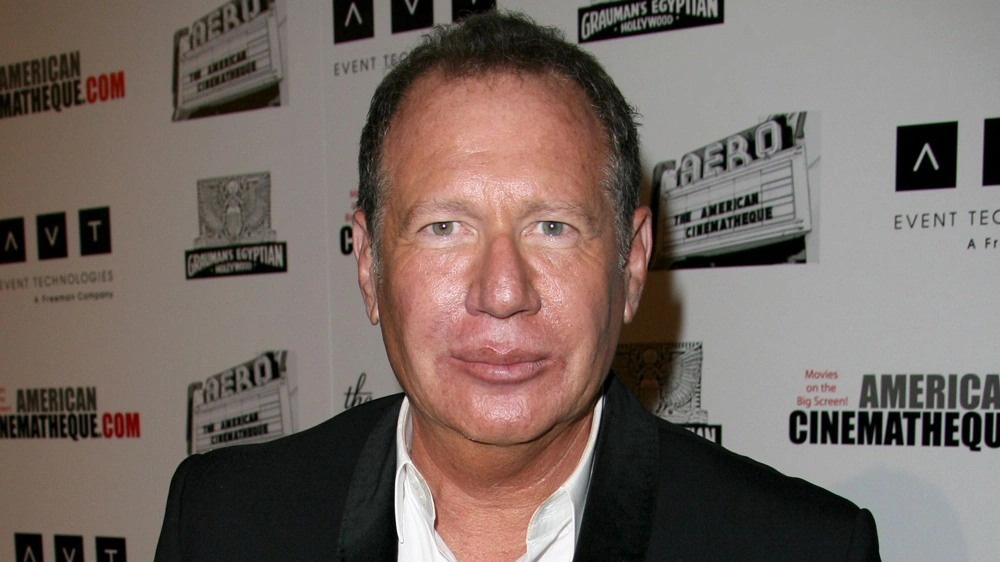
When speaking about the conclusion of a date on his Late Show debut, he used his self-critical line. Even a tale about performing with President Bush (the first) appears commonplace due to the breeziness of his observational stories.
He was developing a new performance before he passed away in 2016. In an interview in 2010 with GQ, he said that he wanted to just talk to the audience for an hour and wanted them to know that it was funny when they were in their cars driving home. It’s tragic that we were never able to watch that last Zen-like set.
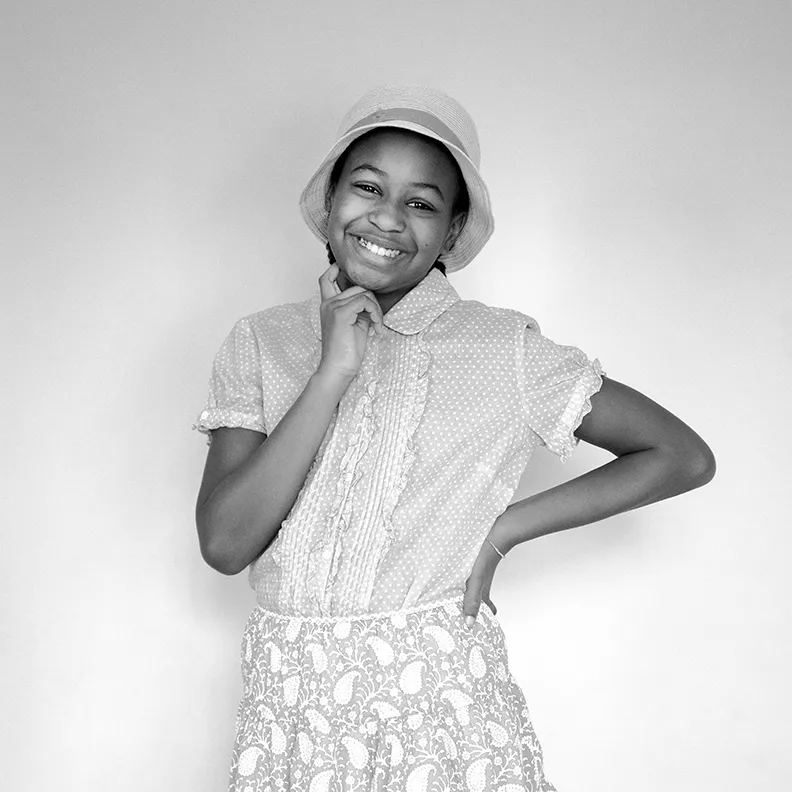
Roseanne Barr
Roseanne Barr shattered the stereotype of the cheery, wholesome matriarch over her knee with her explosive standup routines before she became the comedy antithesis of Perky.
She would complain that she did not like the word ‘housewife,'” and wanted to be called a domestic goddess. You could tell by her nasal delivery that her complaints about marriage and motherhood wouldn’t be accompanied by a cup of warm milk and a lullaby.

As you watch her Tonight Show debut, you admit her scooping the settlement she would eventually colonize and outright own: speaking for a population of Americans who aren’t used to seeing themselves on television. She owes a debt to every blue-collar comic.
Sam Kinison
Oh my goodness! The former Texas apostle discovered a motion that would come to portray his whole onstage presence rather than just being a straight tool: Banshee-like shrieking in rage.
In his trench coat and with his flowing hair pouring out from under a beret, Kinision could nearly pass for majestic until opening his jaws like a snake drilled to swallow an antelope. However, since he had failed at marriage, love, and religion, his primordial scream.
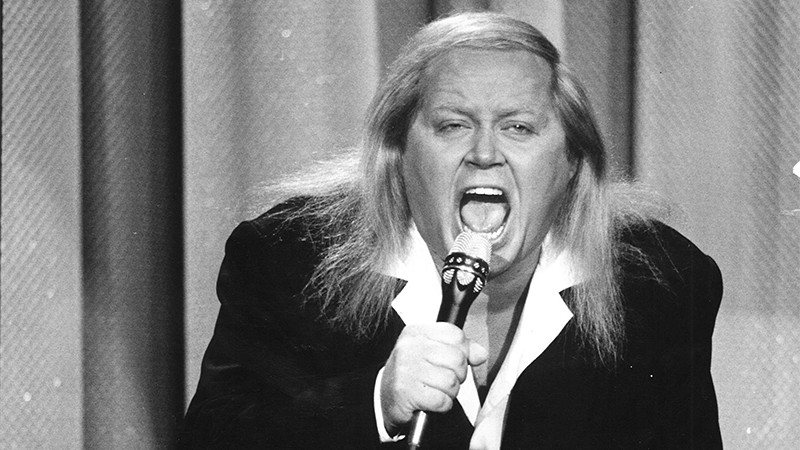
Though his writing occasionally veered into sexist areas, he would occasionally declare that a man was never able to break his heart, explaining why he never complained about the horrors of men. She said that a guy has never given her the anger or urge to collide her car into the wall.
Daniel Kitson
This British comedian blends standup and theatre into meticulously planned solo drives, examining portions of his life while reflecting on big matters like the nature of time, memory, and personal perspective.
As Kitson weaves in and out of odd tangents, his conquest of language and skill is evident; he is reflecting on the loss of an aunt or giving a critical assessment of his performance.
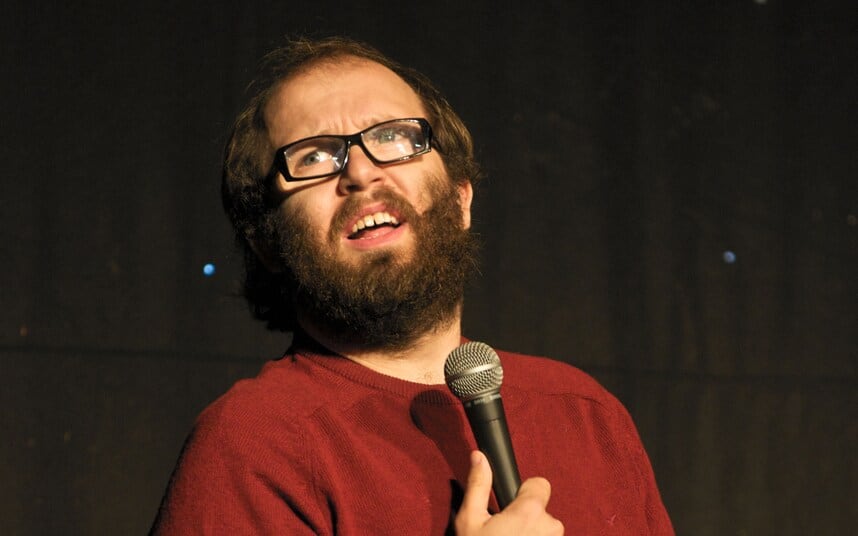
His scruffy appearance continues to hold audiences’ attention because of his endearing little titter and his deft use of the “Pavlovian” reactions of a crowd. You can see how he simultaneously paved the way for storytellers like Mike Birbiglia and Christopher Titus and laid out any rivals by watching the man’s live performances on his website.
Long before she gave the rightfully lauded “I have cancer” performance at Largo in 2012, Tig Notaro was just a stoic, mild-mannered Southerner who really enjoyed deadpan humor.
If you were lucky, she might provide an analysis of a Spanish word placed on a hotel’s “Do Not Disturb” sign or speculate on the motivations behind anyone telling her, “You have small titties” on the street for five minutes while doing nothing more than moving a stool around a stage.
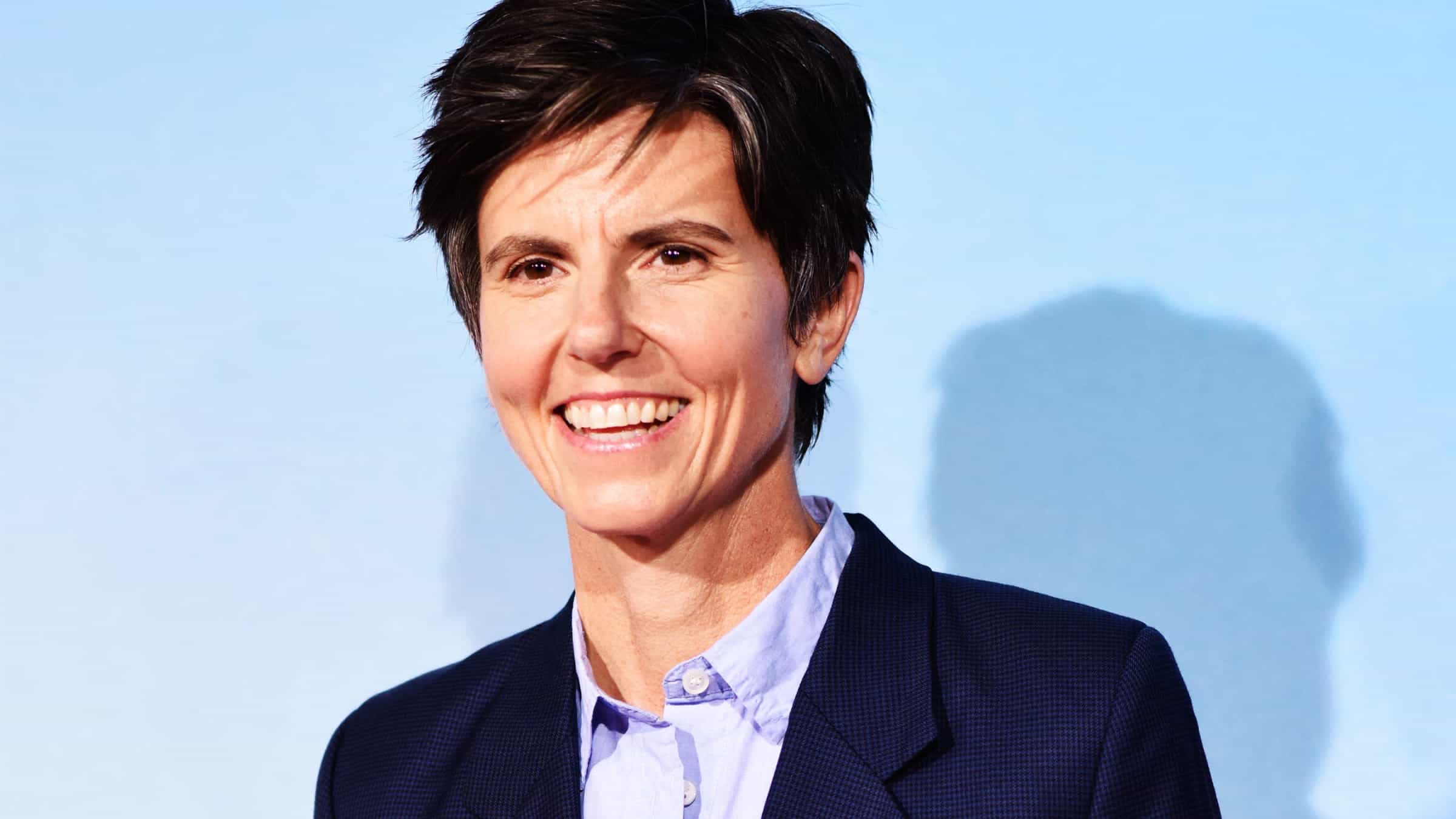
However, Notaro has continued to mix with confession and her subjectively skewed perspective on things even after she had her moment that changed the game.
Recently, after undergoing a double mastectomy in 2014, she performed her act shirtless on stage, using her conviction and true lack of fear to turn her misery into laughter.
Patton Oswalt
Patton Oswalt, a person who reportedly admitted that his “geekiness is getting in the way of nerdiness,” is largely responsible for the rise of dork culture in the new century.
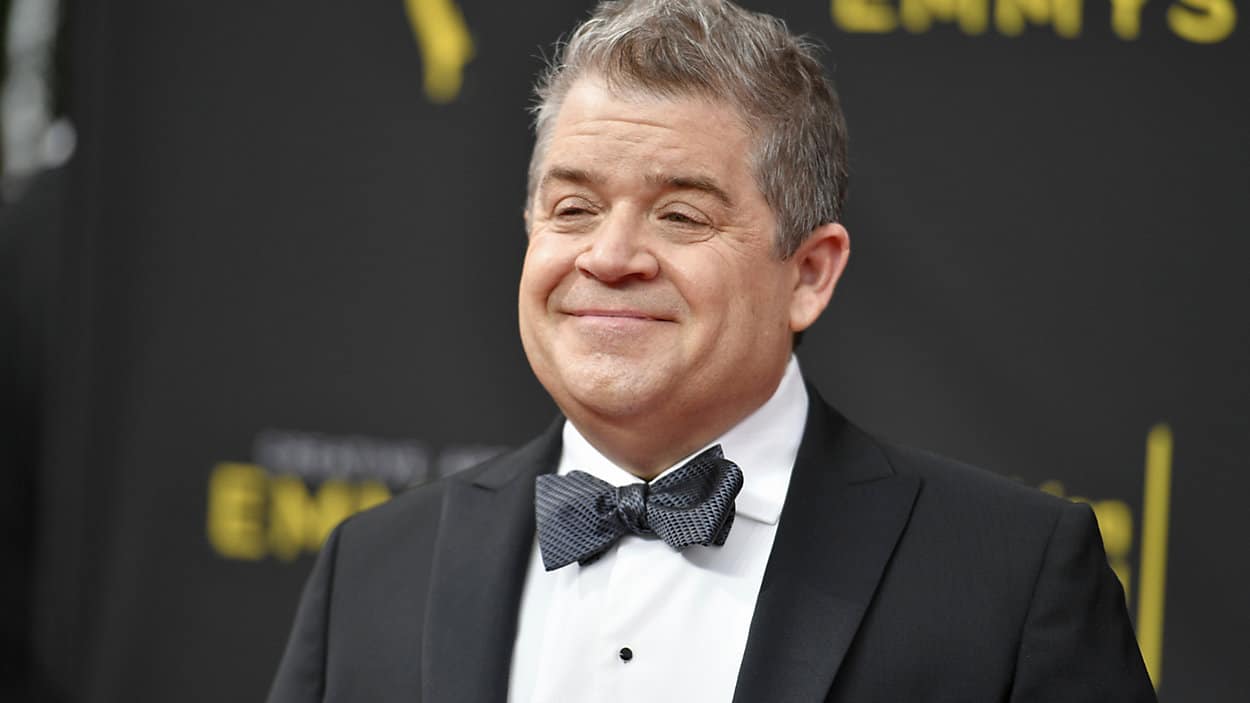
His passions for comic books, genre movies, and literature made him a champion for geeks in the field of standup comedy and helped elevate complex, semantic debates to fine art. Oswalt is one of comedy’s finest image builders line for line, turning his rants or pans into eloquent odes or vulgar little limericks.
People still yell for his signature line about the KFC bowl during performances merely to hear him describe the ‘light brown mound of glop’ he would like to eat.
Janeane Garofalo
Garofalo is humble, as sharp as a whip, and adopted the cutting persona of Mort Sahl while criticizing conservative politicians and dropping snarky references to a myriad of pop culture references, like the “brilliant thespians” of Beverly Hills, 90210, and perplexing Mentos ads.
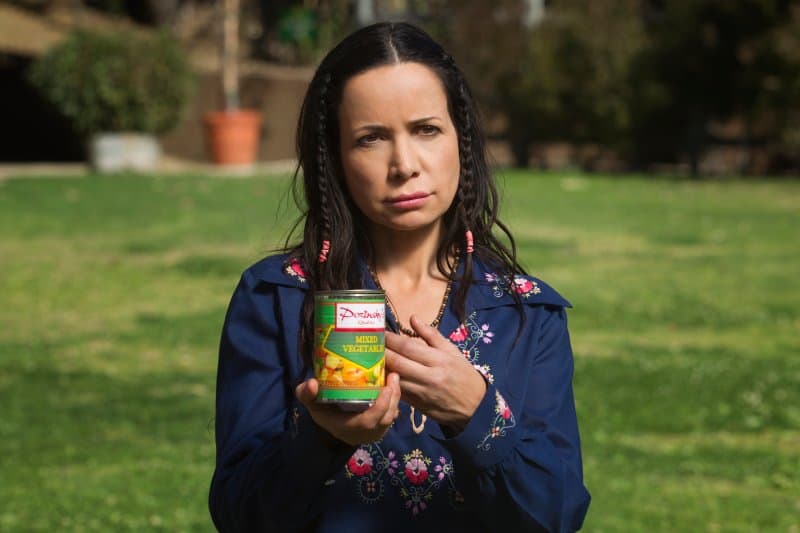
Even now, Garofalo prioritizes her sensitivity and sincerity rather than staging a rigid show with punchlines timed to a metronome. Even when she was the face of the then-in-vogue Nineties alternative sensibility, her comedy was never about dazzling.
Instead, she engaged the audience as they were all close pals debating on topics and the most recent Kardashian scandal. Her intellect and timing are unmatched, and she has had an impact on the alt-comedy scene’s rise to revival.
Patrice O’Neal
Patrice O’Neal is one of those comedians who finds the idea of pushing the lengths appealing and challenging. When he entered the stage, political correctness, monogamous commitments, and common social customs were roasted on a spit.
When confronted by a sensitive white man worried about coming as a racist while in Harlem, he replied, “Get home, feel guilty, but be alive!”. The way he smiled and laughed, that wheeze laugh, was enough to make his dangerous concepts look innocent and filtered.

He was an electrifying live performer, provoking audience members to unveil the underbelly of desire or prejudice. O’Neal could be Pryor’s rightful heir. He could have been the best comedian ever if he had lived another 20 years.
Sarah Silverman
For a Jewish girl, being raped by a doctor is so bittersweet. This joke calls for the exact tone to make the audience laugh. Sarah Silverman has the superhuman span to push irony to its limits, touching on topics like homosexuality and the Holocaust while using the innocent innocence of a mischievous child to sell absurd claims.
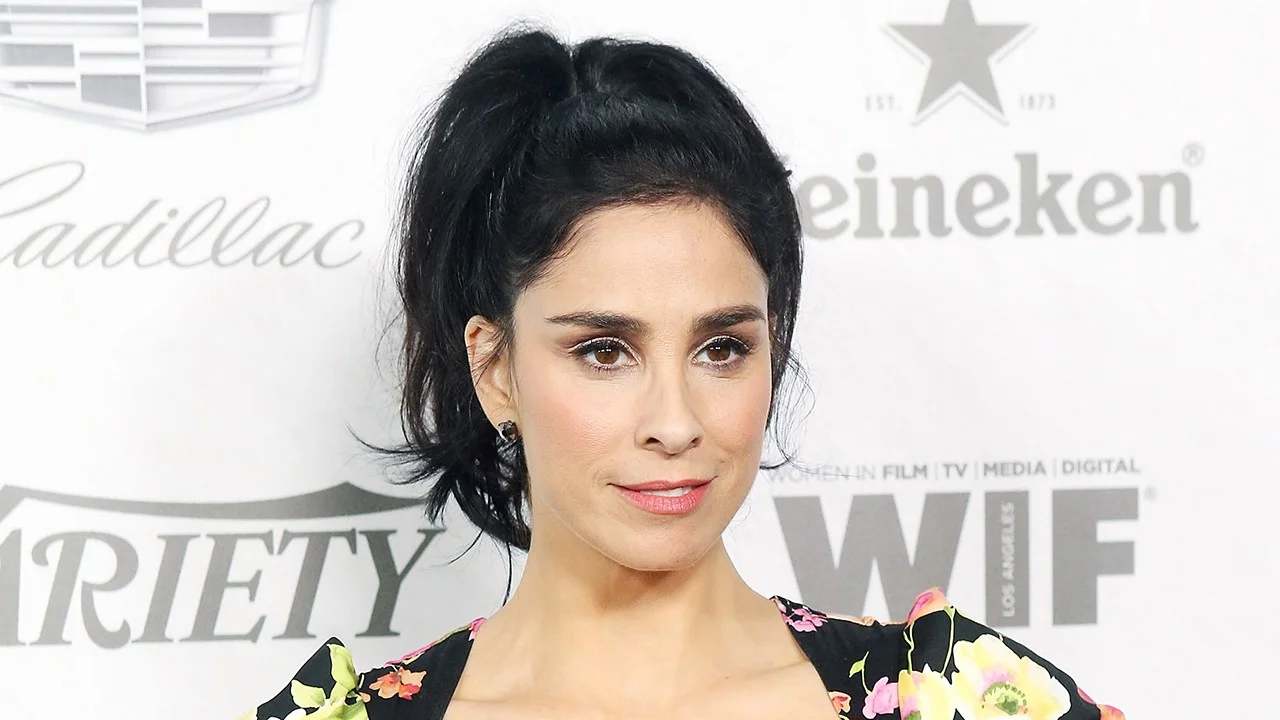
She can take a line about gems that sit on Ethiopian kids’ tailbones and conjure her own version of Swift’s ‘Modest Proposal’ for American customers. Her finest pieces challenge audiences to look at their own prudishness, greed, and stupidity. Just the tip of the iceberg in terms of societal critique is her filthy-cute character.
Woody Allen
Before getting into standups, he mastered his skill of forming one-liners on stage and making the audience laugh with those witty punches. As he casually mentioned attending a “surprise autopsy” or majoring in “history of hygiene” on his route to more eminent lines, he couched small jokes in the bigger ones.
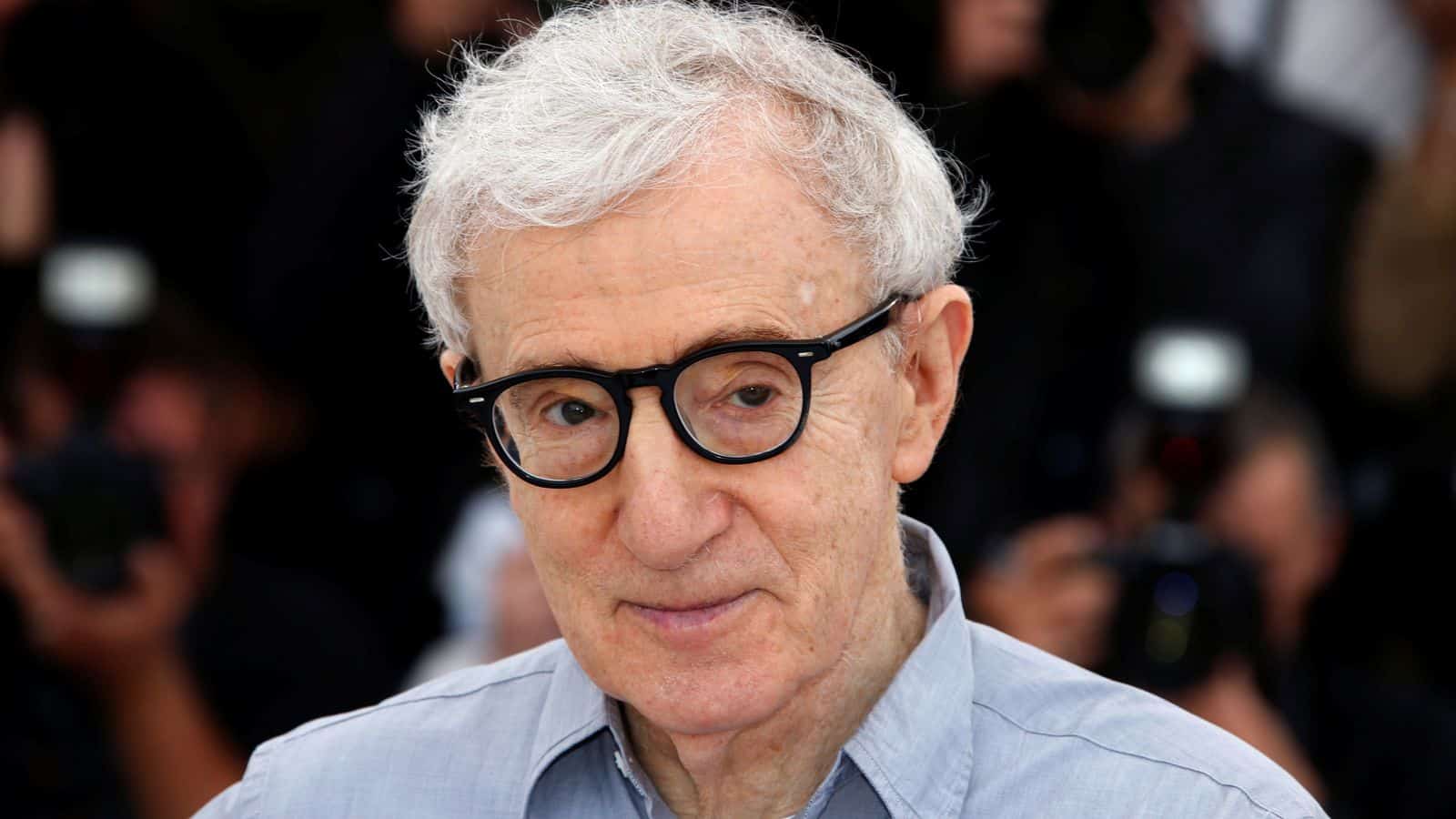
After establishing himself in the 1960s in the downtown NYC nightclub scene and releasing a few records, Allen pivoted his attention to other details. And if certain parts of his personal life have made moviegoers rethink their allegiances, his efforts to unite Greenwich Village and the Borscht Belt are indisputable.
Gregory has been in the vanguard of the struggle for civil rights in his humor and in life ever since he first gained, and he worked at the Playboy Club back in the day.
In addition to being imprisoned in Selma, shot in the Watts riots in 1965, and running for president in 1968, he always carried the cause to the forefront with full sermons. His very first jokes addressed racism, segregation, and the struggle for equality.
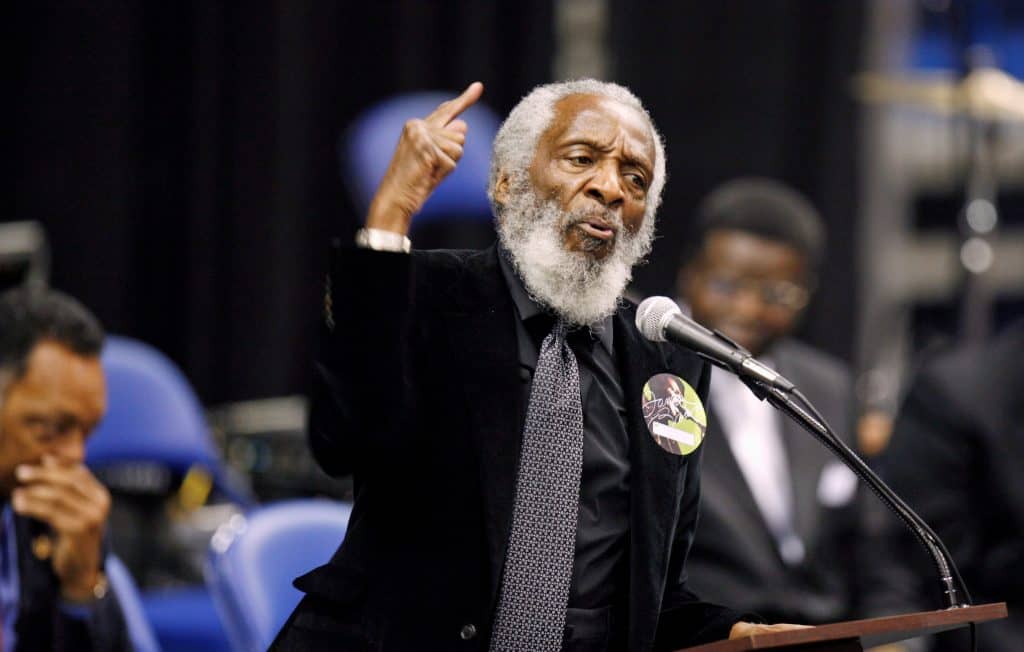
He reportedly responded by saying that he did not eat colored people when a Southern waitress confronted him and said, “We don’t serve colored people here! I want a full fried chicken, please. As the years pass, he becomes irascible in appearance, but his observations and ideas about resistance are powerful.
Additionally, sharing the stage with countrymen like the incisively political Paul Mooney has helped this club veteran get recognition from younger, Chappelle-fanatic audiences.
Robert Klein
Do you enjoy autobiographical and observational standups? Robert Klein should be thanked. He built a portrait of the Eisenhower period in all its affluence and terror on his debut album, Child of the ’50s (1973), which wasn’t about the specifics of air raids and school dances.
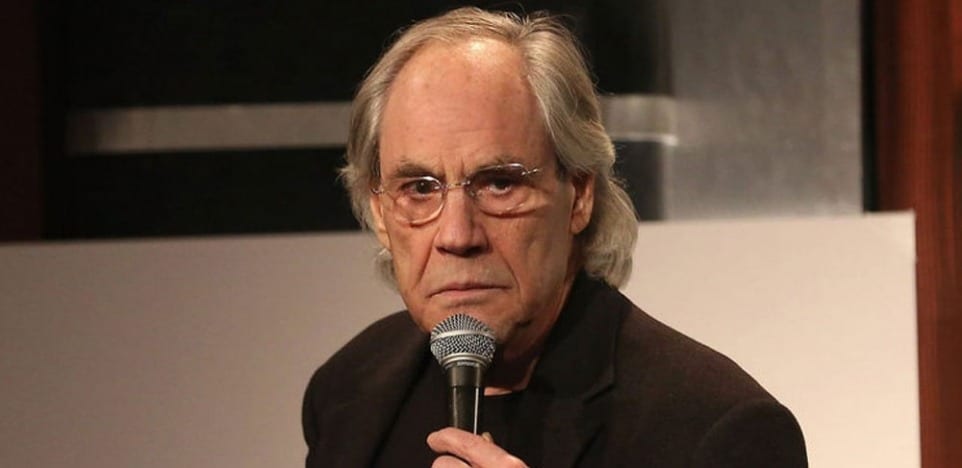
And after the Watergate scandal, he added political commentary to the mix while maintaining his unique style. He relished his verbal liberties (“It’s subscription…… Sh##t!”) and used a conversational pace that would greatly impact comedians like Jerry Seinfeld when he taped his debut HBO special in 1975, the first standup performance on the higher-end cable channel ever aired.
Redd Foxx
Without the Chitlin Circuit, the world may not be familiar with Redd Foxx because it allowed black audiences to relate to black performers in their unfiltered and deranged states.
This comedian delivered his sex jokes with a gravelly rasp, sounding like someone’s dirty-mouthed uncle who sipped from a flask. His one-liners included, if it is hard, long, and deep everything is decent, and if the pilgrims were running behind the cats instead of turkeys, then all of us will be eating pu###s on Thanksgiving.
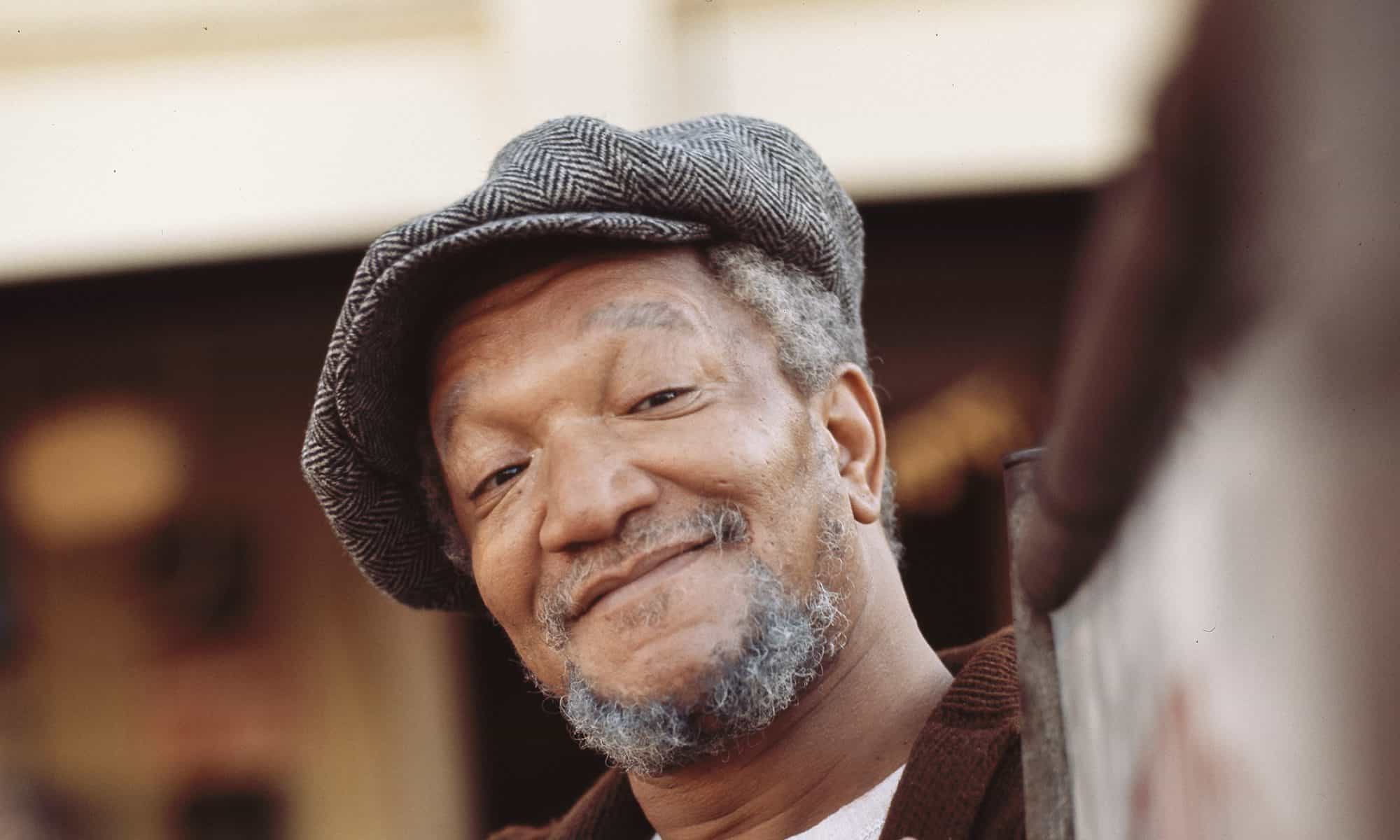
In order to jump-start the creation of comedy albums, the so-called “King of the Party Records” produced records for companies that were both wicked and trendy. Despite his use of profanity, Foxx was a champion of racial equality.
By dismantling barriers between black and white culture, he paved the way for Richard Pryor to profit from the elderly comedian’s struggle against discrimination. Along with his impeccable use of the term “mo####er.”
Rodney Dangerfield
Meet the harried, disheveled, and forever depressed man, a part that Rodney Dangerfield portrayed to the letter with the utmost contempt.
No one was going to help him, not his wife, his job, his uncle, his psychologist, his parents, the homeless man he passed on the street, not even the necktie he was battling. Dangerfield effectively copied Henny Youngman’s one-liner style and launched bomb after bomb of insults against himself.
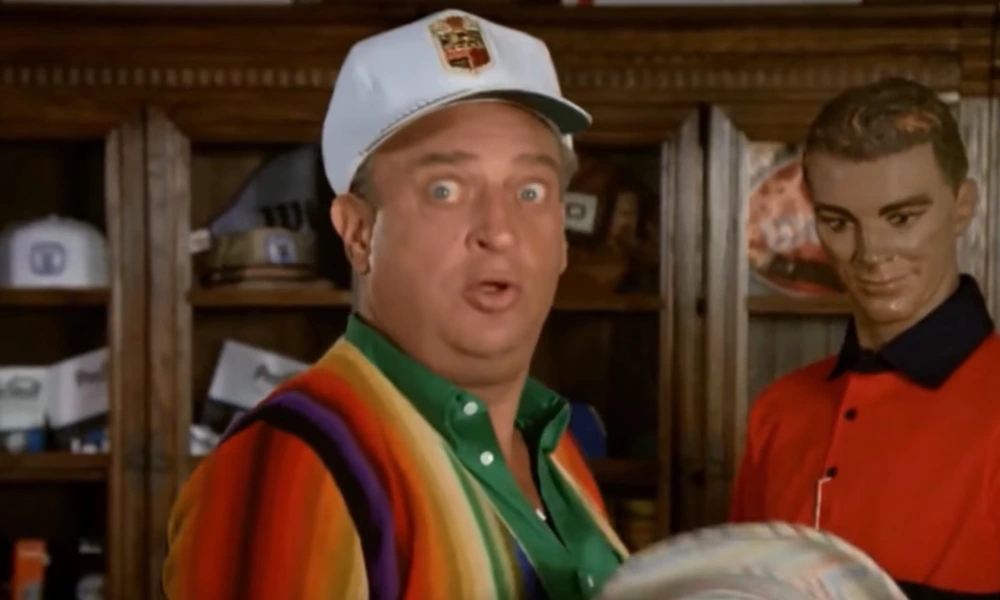
He knew that he was just a sap after looking at the family line and was aware that when he left the industry, it was not noticed by anyone.
The image that he had never and would never, ever get any furthered by his cartoonish features, which were pushed even more over the top when Dangerfield stretched his eyes from their sockets.
Eddie Murphy
Eddie Murphy witnessed the transformation of standup comedy into a rock-star craft in his “magic moment.” Sure, some comedians were cool, but this incredibly self-assured SNL breakout star strutted, preened, and showered the crowd in sex like Mick Jagger during the Let It Bleed era.
And those clothes? The showy, vibrant, and compressed leather clothing from the well-known concert videos Raw and Delirious are so popular that the specials are remembered by the color of the suit he was wearing. Take notice of the crowds in these movies.
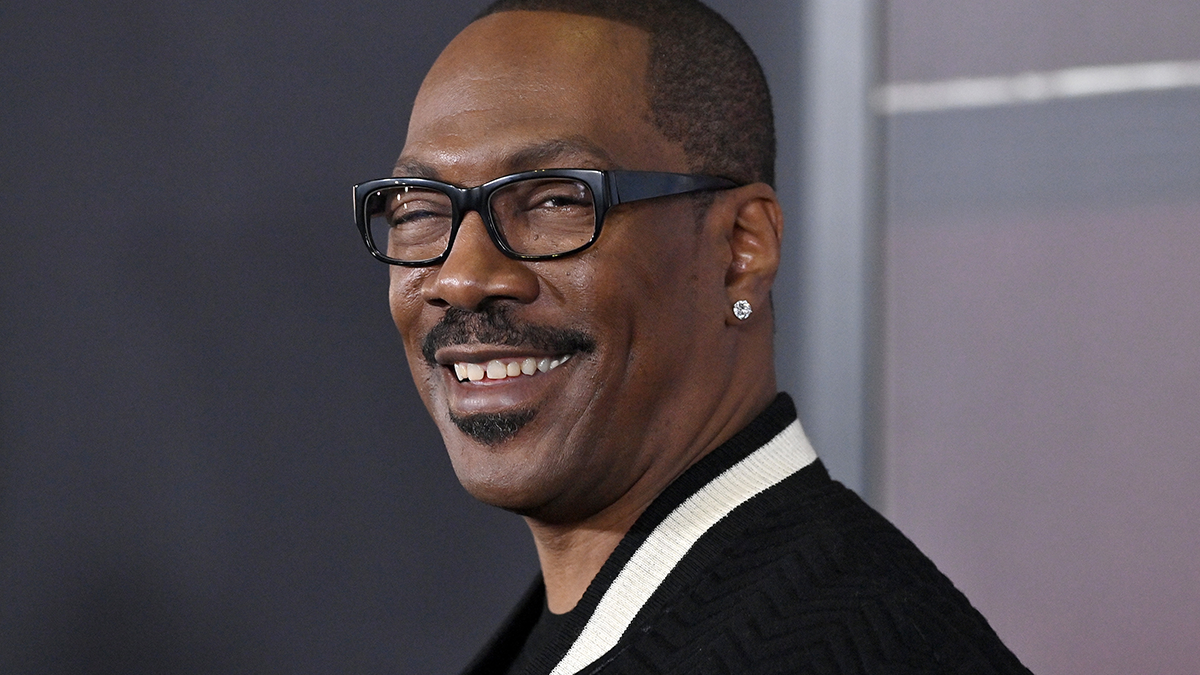
They are getting lit at a party where wearing trousers may not be a comedy act. There is no denying Murphy’s irresistible appeal in those days, even though some of his acts from those times, the homosexual theatrics and lady-bashing, haven’t aged well.
Additionally, certain passages will never date, one about the ice cream guy and the cost of making fun of the less fortunate.
Eddie Izzard makes cerebral humor, U.K. division, completely approachable with his whimsical but not absurd, erudite but not pompous, refined but never beyond a proper amount of silly style of humor.
Izzard evaluates humankind’s accomplishments, trends, and faults as he lets his monologue flow downstream while maintaining a grin on his lips.
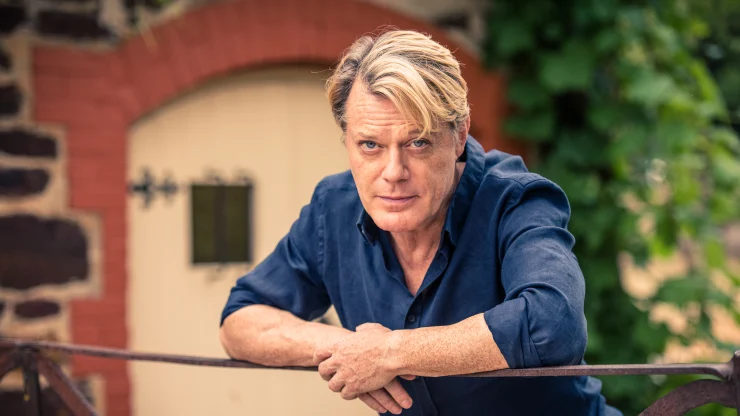
You could learn something new about history or language after seeing an Izzard play and also learn as simple as Darth Vader’s favorite cafeteria meal (penne alla arrabbiata, for the record) or how the Church of England would prowl.
Additionally, you will get advice on how to convert glam-rock style into a flattering “executive transvestism” look.
Don Rickles is a unique comedian who developed his style by bypassing his subject matter. A.k.a. “Mr. Warmth” and the “Merchant of Venom” knows that his audiences related to his improvisational mentions more than his planned gags in the late 1940s.
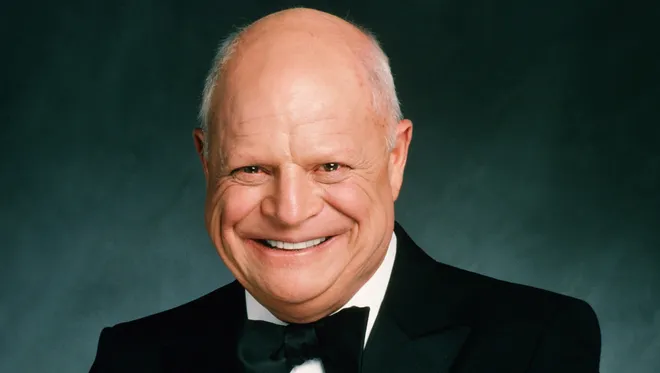
Since then, Rickles has plowed into his audiences, picking up on subtle cues to deliver minor jabs (“It is done; I’m a pal now”) to his targets. Frank Sinatra, who promoted the comic to pals and aided in getting him started in Vegas, was ultimately the victim of his wicked wit’s most significant attack.
In the 1950s, insult comics began to use Rickles’ broad, jack-o-lantern grin, his barrage of quick-fire jokes as a model. Hockey pucks, here is how you do it correctly.
Jonathan Winters
Jonathan Winters could create solo vignettes with well-defined characters and dialogues that had true witty lines by using only a single object or piece of costume in combination with his voice, imagination, and the flexible mask of his face.
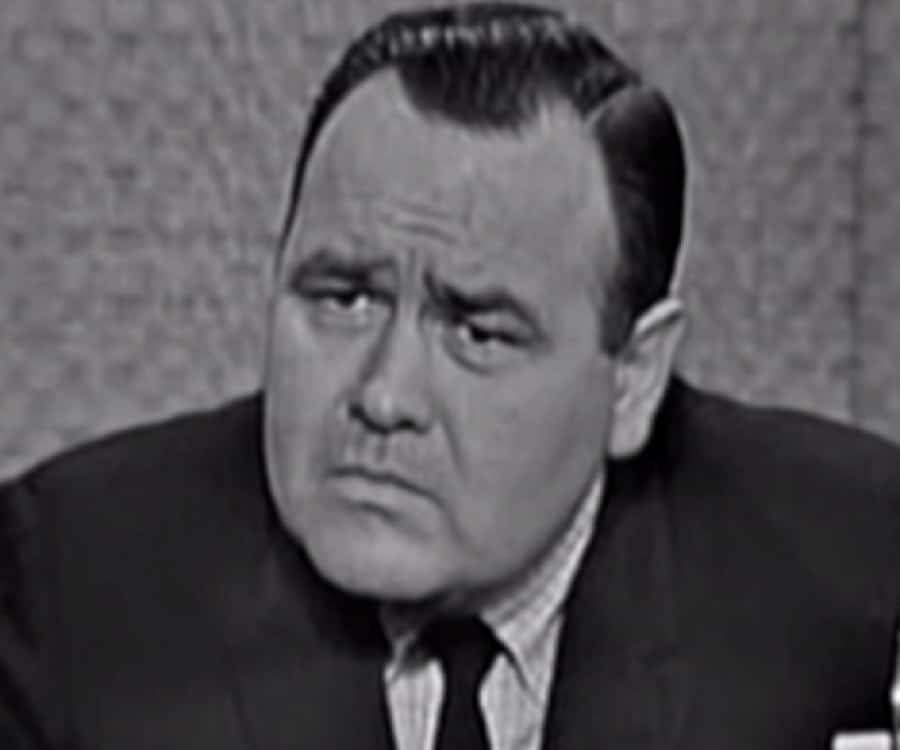
He was full of mischievous humor and capable of entertaining audiences of all groups. He was portraying a pilot or bass fish, sounding like Bing Crosby or JFK, or reviving fan favorites like sassy Maude Frickert or Hayseed Elwood Suggins.
Unlike other improv luminaries like Vegas mainstay Shecky Greene, Winters left a trail of shows that can attest to the brilliance that so inspired comedians like Robin Williams. He was an immensely productive comic who released more than 20 albums and was selected for a Grammy 11 times.
Bob Newhart
Bob Newhart asked them to lean in, and other comedians attempted to knock their audiences out. By seeing the deadpan straight man in dramatic, two-sided talks of which the crowd is only able to hear one side, the calm, mannered, and imminently polite comedian invented a new kind of standup.
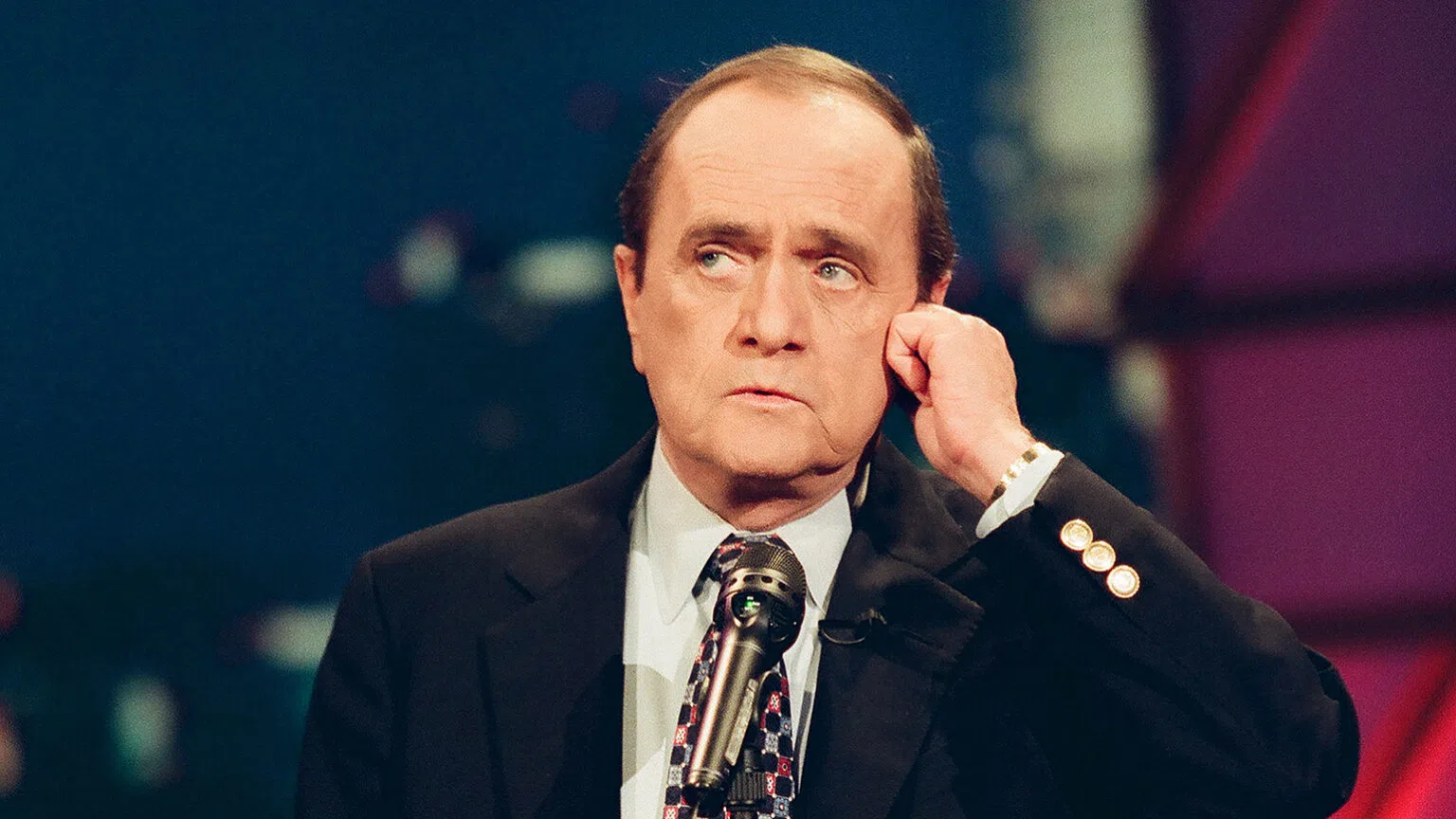
He visualized universes in which Walter Raleigh seeks to persuade the English nobility of the benefits of tobacco or Abraham Lincoln employs an agency. Characters on the other end of his discussions, such as the insane driver in his drawing, become quite obvious.
Mitch Hedberg
The late Mitch Hedberg was unique in many respects. His friendly stoner-dude demeanor, which was upbeat, was completely enchanted by the small oddities.
You could only get a glimpse of Hedberg’s apt efficiency through jokes like all the books are kids’ books if they can read.
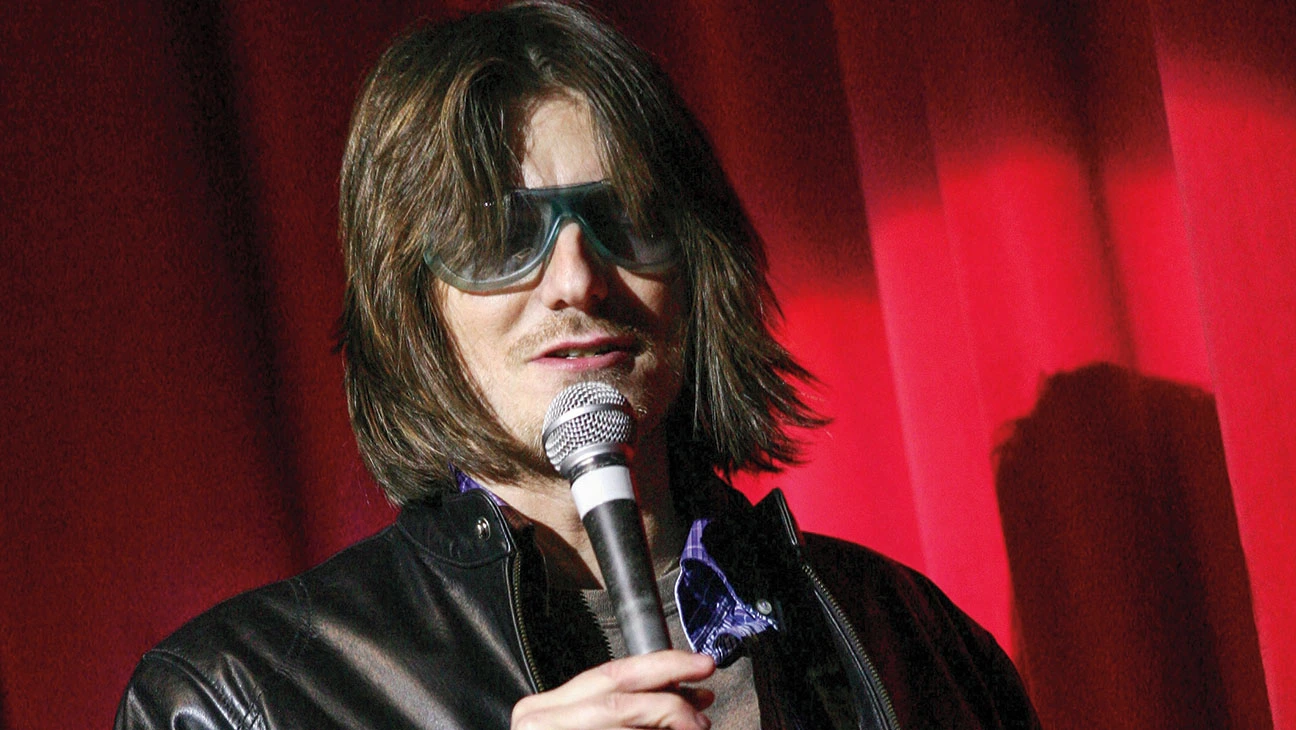
While some of his jokes (such as “Is a hippopotamus… just a really cool potamus?”) bordered on dad joke territory, he paid close attention to syntax.
All of this was done to show his audiences that they ought to be viewing the world through the same cool, rose-colored glasses he seemed to be wearing at all times.
Albert Brooks was a standup comedian thoughtful about the mechanics of wit. But more often than not, he was equally interested in making you (yes, you) giggle when you were at home.
His album Comedy Minus One only contained half of a performance, with enough blank space for you, the listener, to deliver the remaining half using the words from an insert.
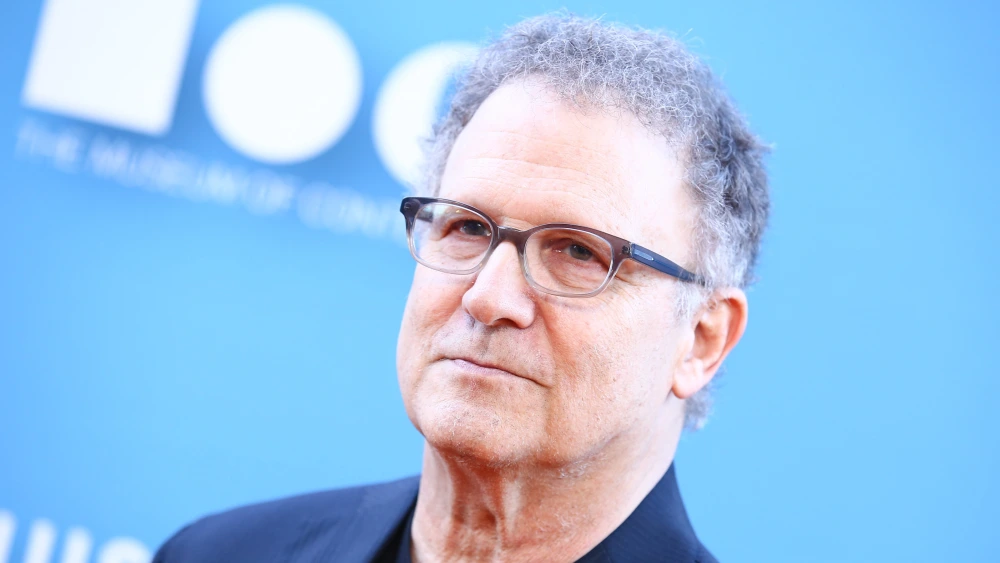
He would do a performance about a lack of material when he came on the Tonight Show or the Flip Wilson Show, sell a kit to get people to practice impressions at home, or portray a ventriloquist who spilled a glass of water over his dummy. His relentlessly self-referential jokes continue to be popular.
Kevin Hart
Kevin Hart is a joy-making sparkplug of an entertainer, and he draws some of the biggest audiences of any comic in history, including his sell-out at Lincoln Financial Field in Philadelphia for the 2015 ‘What Now?’ Tour.
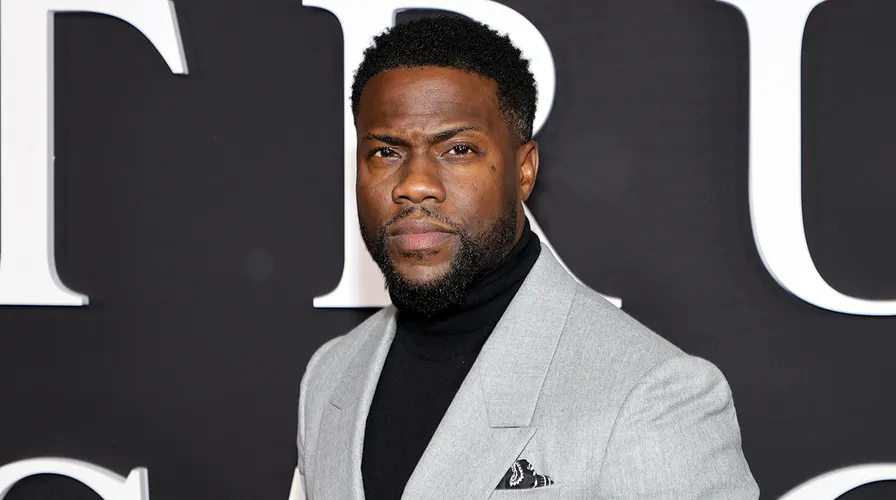
Hart just tries to make sense of things, and he is delving into stories of family, marriage, parenting, or notable relations in the wider world. When he’s not running about the stage yelling an earworm catchphrase (“Alright, alright, alriiiiiiiiiigggghhhhht!”), while staring cluelessly at the crowd, curious to get unsure, hurt, and amazed.
He has five specials, a hectic movie star schedule, and he still feels the need to take stadium tours every few years.
Being a mother is not difficult, and there is a place for fat shaming. The world requires a powerful plague. The ridiculous concepts of Bill Burr’s humor are where the wicked sorcery begins; if a rational audience only heard his first egregious notions, they would rightfully hate Bill.
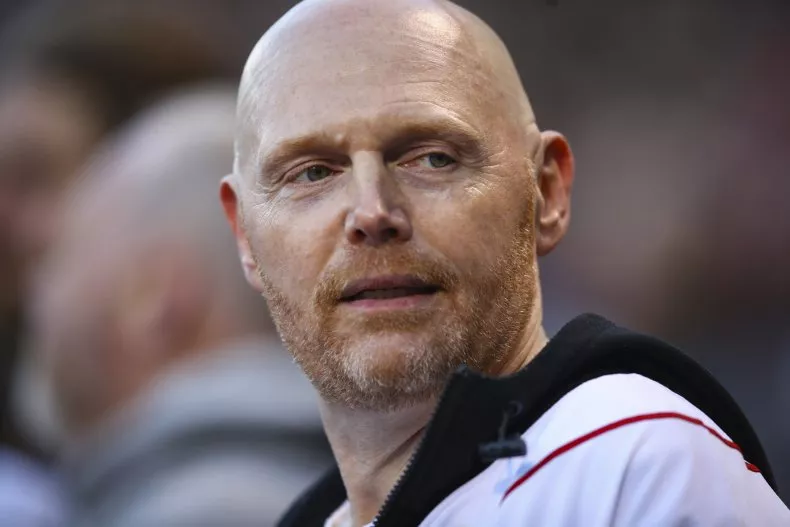
He enjoys projecting the image of the illiterate uproar in the bar’s back corner who, much to the dismay of the faint-hearted, keeps making more and more intent as the night wears on.
He smiles and jumps in, even when the aura appears too delicate. Using Philly as an example, on the night that he cemented himself as a comedy icon, he insulted everyone and everything while resisting the crowd’s boos.
It’s simple to see Billy Connolly mesmerizing inquisitive spectators who have all wet themselves from laughing too hard as you enter some dark, dingy Scottish bar after stepping out of the rain.
The giddy Glaswegian is the maestro of the tiny winding yarn. Despite having acquired a number of terrific one-liners over the years, there are only two seasons in Scotland, winter and June.

In his hands, the trip of an epic airplane fart, an elderly woman flung from a moving bus, a visit to his father following a stroke, or a terrifying diving dive in the Caribbean become three-act adventures. The Big Yin is still going strong despite his recent struggles with Parkinson’s.
Steven Wright
Steven Wright is, without a doubt, the master of the deadpan one-liner, able to condense his innovative ideas into witty tiny packages of language.
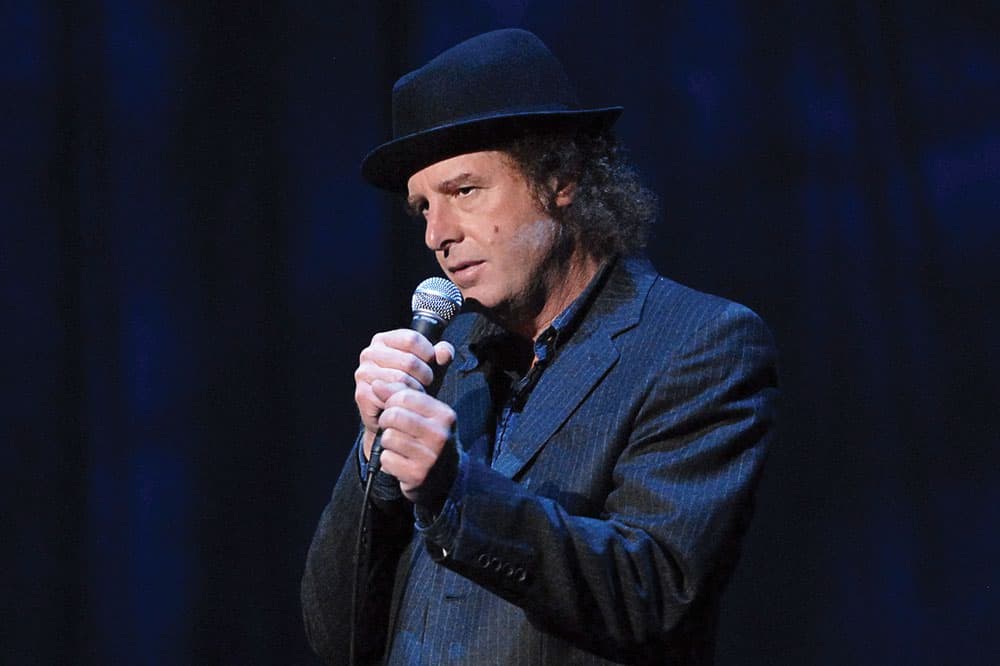
Even his set-ups (“One time I went to a drive-in in a cab”) made the audience titter once they bought into his gruff tone, his just-woken-from-a-R.E.M.-cycle cadence, and his bumbling character because they knew the phrases would come at the end from a surprise angle (“The movie cost me 95 dollars”).
Wright continues to be one of the greatest minimalist joke writers of his time. His finest jokes frequently have the reflective properties of a good zen koan (“What do batteries run on?”).
If Andy Kaufman hadn’t created the abusive, overtly sexist alter-ego Tony Clifton, wrestled women for the “Inter-Gender Wrestling” championship, given his three grown, adopted black sons to David Letterman’s live, taken his Carnegie Hall audience out for milk and cookies, etc.
He still would have been a legend with what is often referred to as anti-comedy—an audience-baiting piece of performance art that rejects the simplicity of the set-up/punchline dynamic—Kaperman’s career served as the nation’s first significant introduction.

Naturally, one must grasp the rules in order to breach them, and Kaufman could titillate crowds when the time was perfect with his magnificent Elvis imitation or his well-known Mighty Mouse gag. In addition to his routines, he stripped down standup and reinvented it in his image.
Urging the audience to look past their discomfort and recognize the absurd, dadaist meaninglessness of both comedy and life. In response, we can only respond, “Taank you berrrry much,” in our best Kaufmaneessque “Foreign Man” voice.
It’s not only a wonderful title for a special to use Relentless. However, Bill Hicks’ opening hour, which was captured during the Just for Laughs festival in 1991, was a very accurate portrayal of the comic himself.
Hicks started the throttle and didn’t let up, spouting bile against materialism, dull pop culture, the cosmology of evangelicals, or the discrepancy between what politicians say and what they do.
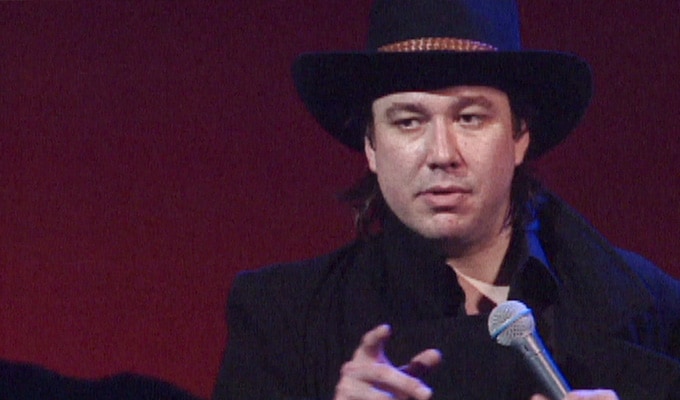
This comic avenging angel stormed the stage, smirking and smoking maniacally, punctuating especially cruel punchlines with a raspy chuckle or a sharp stare from beneath his glasses.
There haven’t been many comedians with this kind of articulate, passionate rage. Several passages, one of which is a subtle but vicious one describing soldiers shooting missiles into the Gulf.
The routines of Robin Williams, a part-dervish, part-comedian who used endless riffs, micro-impressions, and loose connections, left his audiences in a state of disbelief.
The greater delight, though, was witnessing the raw intensity onstage as his brain buzzed and whirled and his body attempted to keep up. Yes, he had a few strong and revealing written lines in his act that if you have cocaine, it is the almighty’s way of letting you know that you have more money than you need.
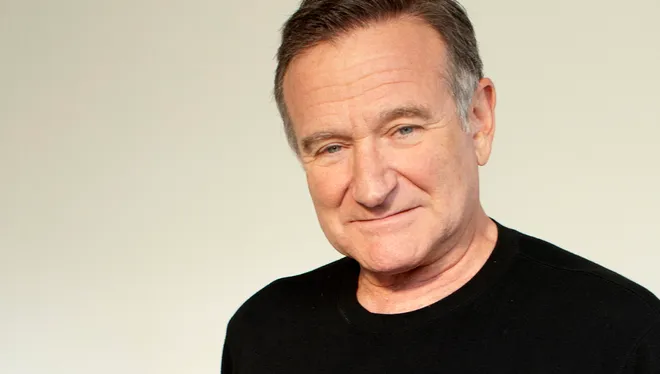
His one-of-a-kind performances in both intimate (San Francisco’s Great American Music Hall) and expansive (New York City’s Metropolitan Opera) settings come close to portraying the sparks of inspiration and wild what-if scenarios.
For example, what if a ballet impresario led a football team? What if a group of guys waiting for jumpers beneath the Golden Gate Bridge? and the excitement that comes from keeping a group of people on their toes? You never knew where the man would go if you gave him a microphone. You could just sense that he was almost invincible.
Steve Martin
For a while, Steve Martin was the most in-demand comic in the nation, thanks to his style of gleeful irony. This wild and insane guy had the arena spectators in fits of laughter with his wriggling and jiggling, banjo on his belly, and fake arrow through his skull.
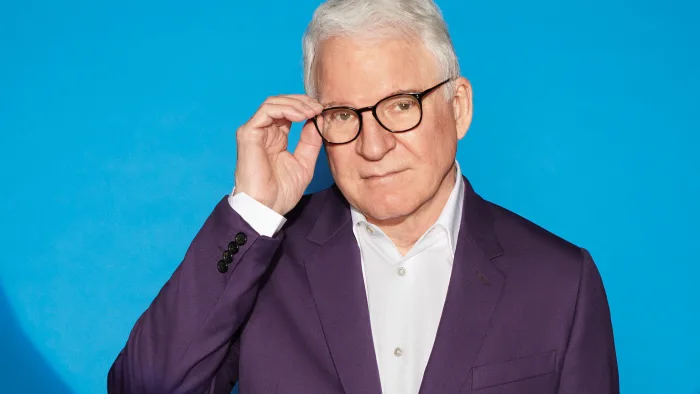
In his cartoonish man-boy avatar, Martin hopped from joke to joke, fiddling with props, having “happy feet,” and diving into subjects like relationships and travel and prefers ladies with heads on their shoulders. Those French people and language have a word for everything.).
I detest necks.” The results were large call-and-response gatherings with a whimsical charm akin to the balloon animals he would attempt to create onstage. Martin struggled to keep up with the demands of fans and stadium tours, as his wonderful biography Born Standing Up attests, but his work continues to set the bar for sweet, hilarious, playful ridiculousness with a lot of flairs.
Mort Sahl
In the 1960s, when Mort Sahl played Hungry I in San Francisco, he added a new level of informality to serious subjects. He riffed on politics in a way that no one had ever thought of before, dressed unassumingly in a red cardigan and button-down shirt with a newspaper folded under his arm.
Just picture a comic reading the newspapers (often in the middle of a performance) in search of the right bit of journalistic proof to reveal hypocrisy—and scoring big.
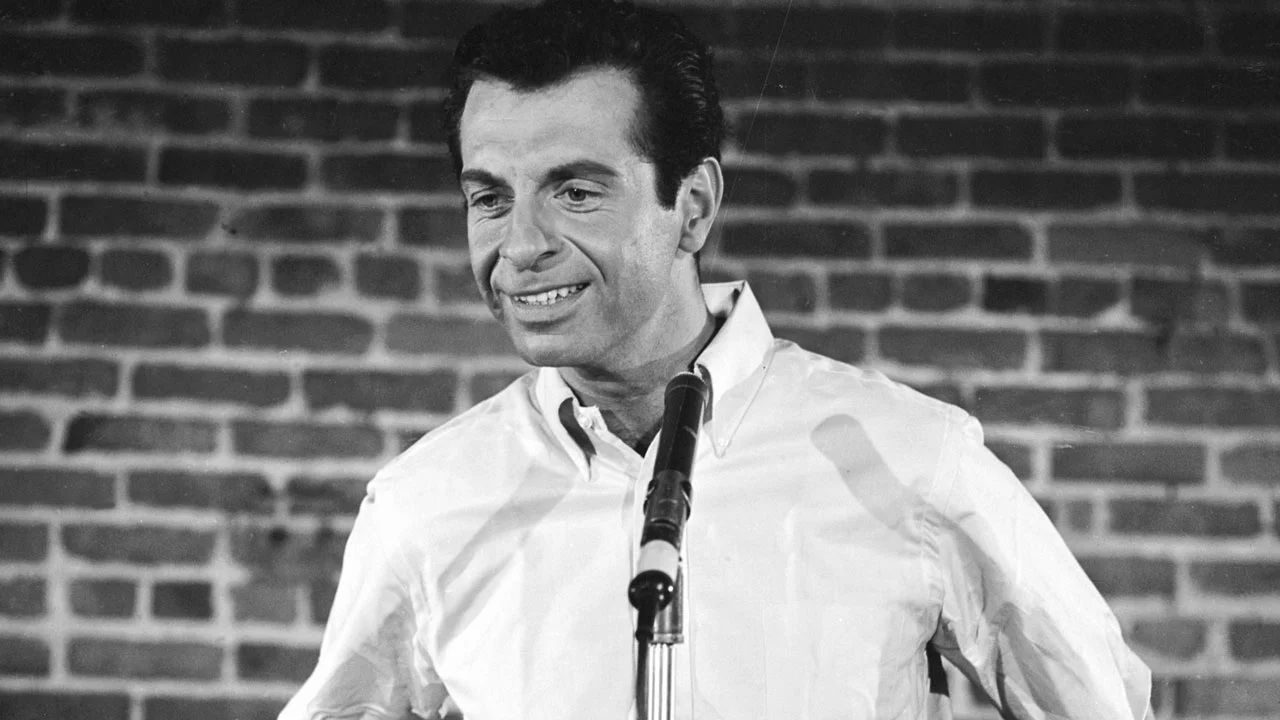
Some of his most memorable quotes, including “Liberals feel unworthy of their possessions,” might seem outmoded owing to the subject matter. Conservatives believe that all they have taken is their due. Since Will Rogers, he established himself as the most influential political voice.
Dave Chappelle
One thing is obvious when comparing his work before and after the ground-breaking Chappelle’s Show: standup is his first (and maybe only) passion.
Following two really strong early specials, his adored Comedy Central show, and a much-publicized trip to Africa, Dave Chappelle has not only reestablished himself in the field but also reclaimed the lead.
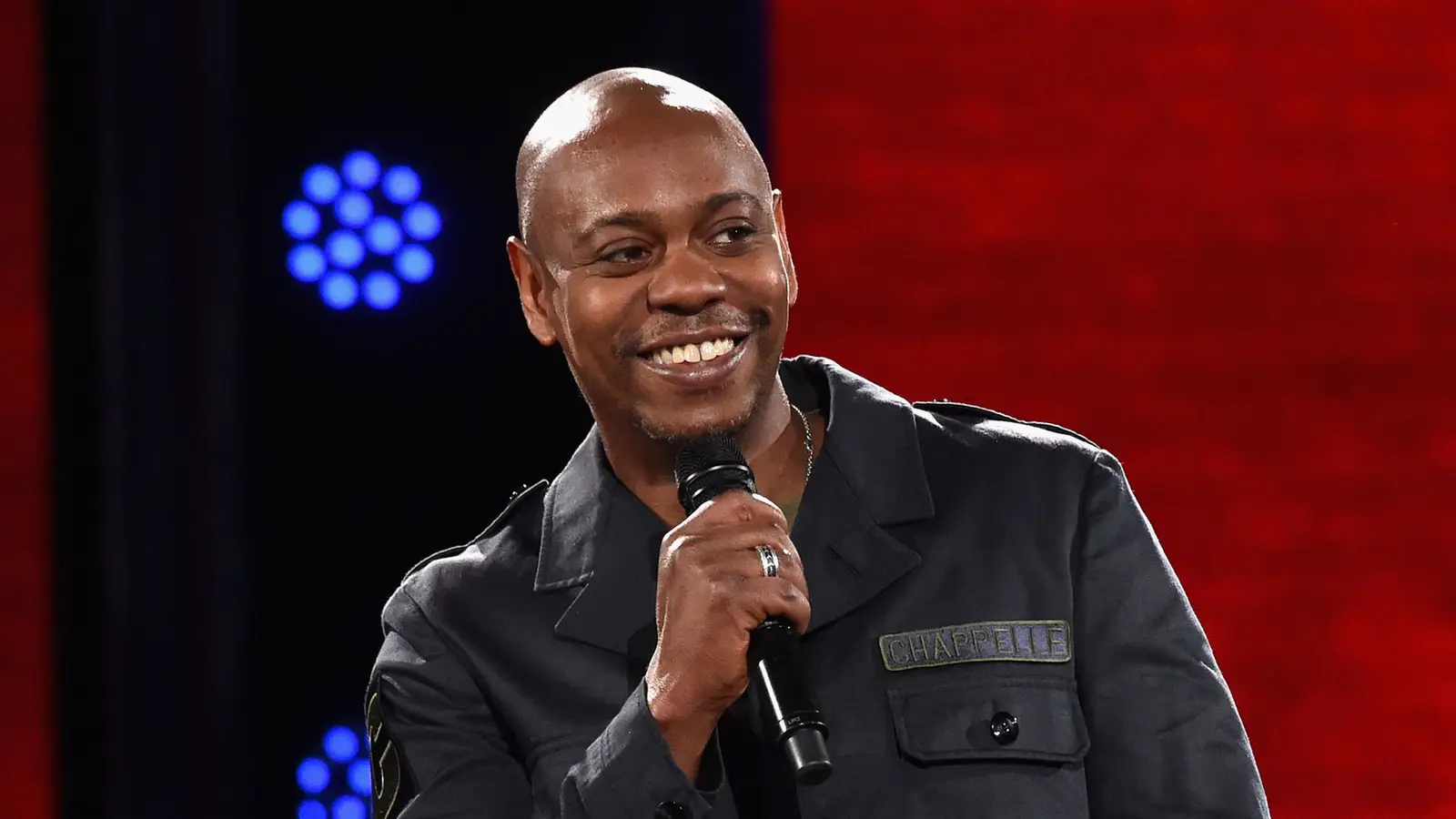
He talks about politics, pop culture, and racism in a way that belies the sharp and biting quality of his insights. He also acts like an immature child who can’t help but use the joke about “puusssy juice” as a punchline.
He takes great pleasure in blurring the lines between fact and fantasy and loves to leave the audience guessing about things like whether a baby could sell marijuana and how someone might enjoy their own sex tape.
Bill Cosby
No, Bill Cosby is not likely to perform again. No one will ever listen to his albums with that soothing, delicious nostalgia. Although it is hard to separate the performance from the man, it would also be impossible to remove his name from the annals of standup.
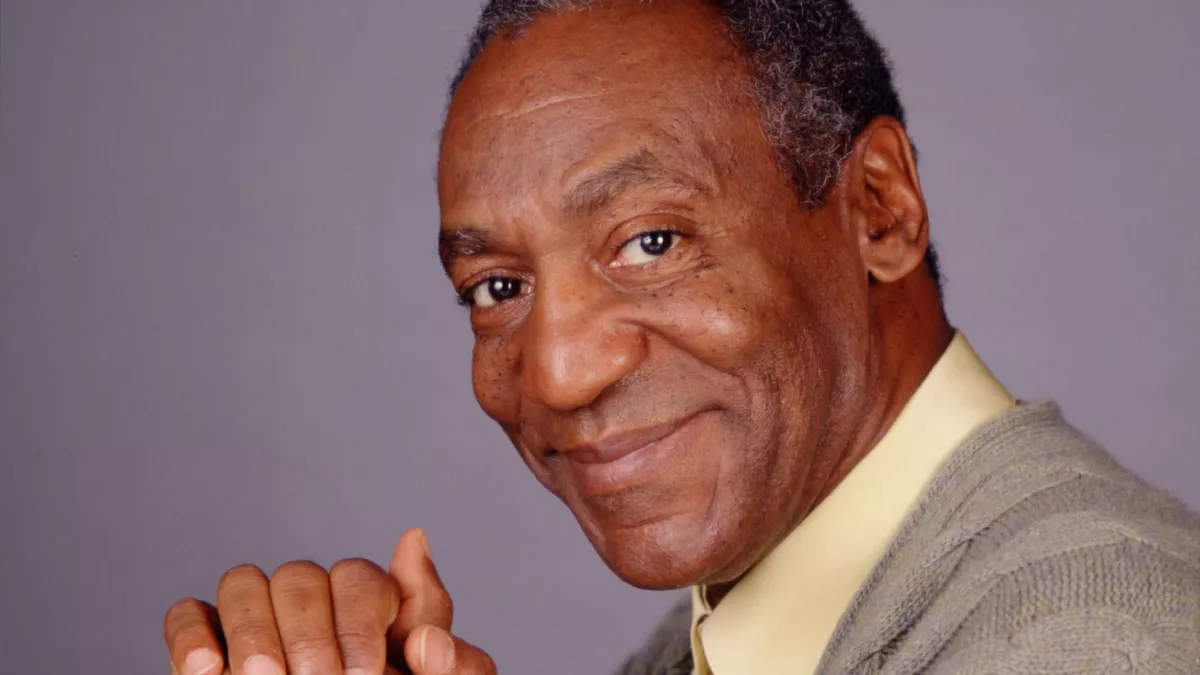
He significantly improved the standup comedy genre as a comedian and storyteller, inspiring countless others in the process. He painted remarkable pictures with his lengthy ramblings on his upbringing, marriage, and parenting that were always properly punctuated with forceful declarations, mime, mugging, comical lip sounds, and those peculiar speech patterns.
The finest of Bill Cosby’s amazing discography, Cosby was the undisputed standup champion of the 1960s and 1970s. Although his legacy is now severely tainted, without him, there would be no Pryor, Chappelle, or Louis C.K.
Jerry Seinfeld
Jerry Seinfeld is a man attempting to figure out the meaning of life, whether he’s thinking about the Pop Tart miracle, the length of time one can gaze at cleavage, or the illusion of “family fun.”
He draws inspiration from pioneers of observational comedy like Robert Klein and David Brenner as he meticulously analyses the details of Western life in a casual manner that sounds almost careless. Seinfeld uses clear, highly exact language to tackle subjects in a way that appeals to the broadest audience possible.
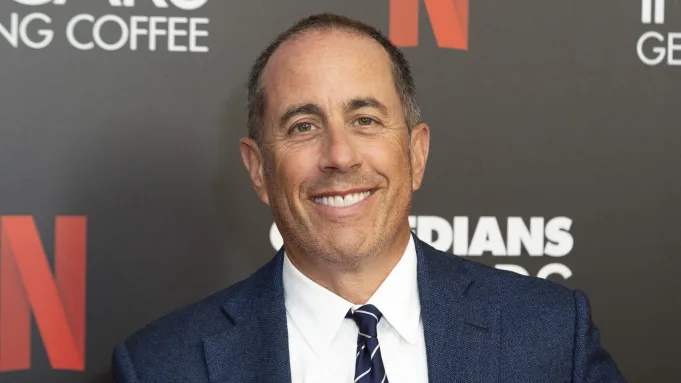
Although he is fundamentally apolitical, his sharp observations on a small scale could persuade the listener to take a step back and consider the big picture: There is no such thing as a “happy” birthday, and 98% of what people do is past the time. Sports fans support laundry.
Although the sitcom is renowned and canonical, the stage is where you can see Seinfeld in its raw, unfiltered form. He is always and forever a standup comedian.
Joan Rivers
When Joan Rivers was starting to make a name for herself at West Village bars, there weren’t exactly a lot of ladies around. The feisty, brazen, and astute comic, however, did more than only stake her claim to a place in the guys’ club; she also created her own annex.
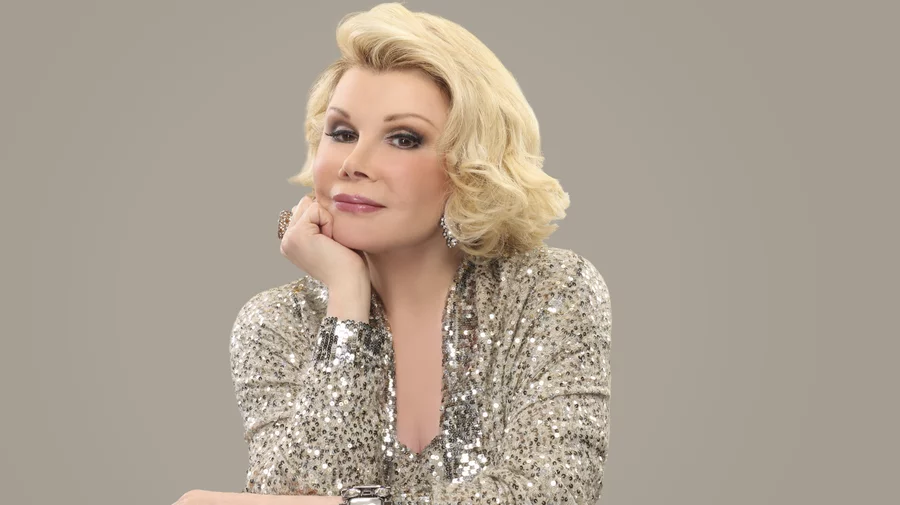
If her snarky jabs and blue talk ever turned too much for her audience, Rivers would chastise them, “Oh, grow up,” and she meant it. Her dishonest invocation, “Can we talk?” was a summons into Rivers’ own little gossip circle. She wrote more than a dozen novels, but she only recorded a small portion of her work.
She was also a busy performer who was always open to booking a performance. Along with being hysterically funny, Rivers was a workhorse, a survivor, and a role model for many aspiring young comics who took after her. She had a wonderful speaking voice.
Chris Rock
Chris Rock presents himself on stage as a fighter, a preacher, and a poet, and all rolled into one. The audience now knows what to expect as he stalks the stage while whirling the microphone cord and grins maniacally.
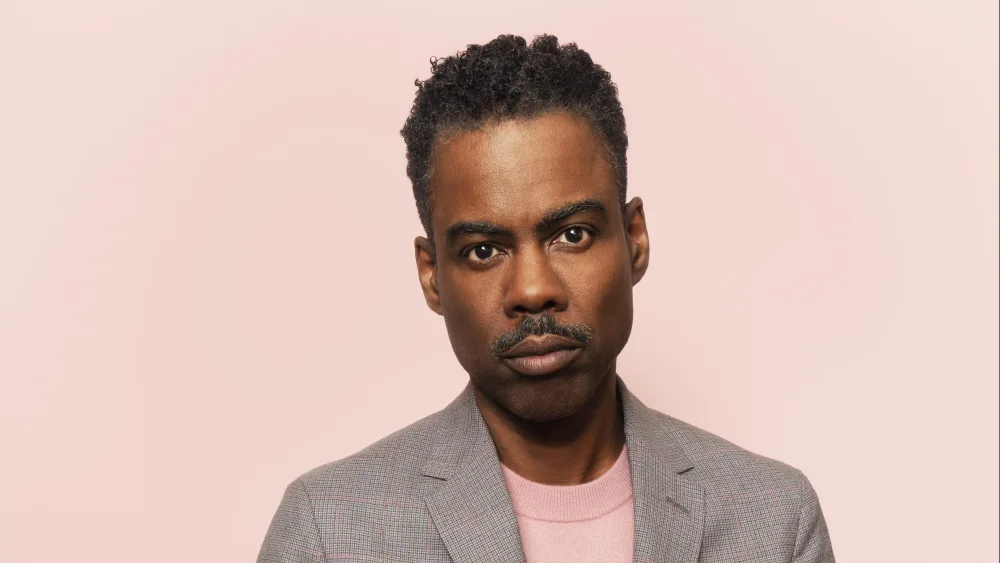
Here is a comedian who understands how to pound premises for rhythm as much as content and drop punchlines that encourage unusual thinking. He practically has a perfect technique for handling a crowd and a thought.
More importantly, his views on politics, love, and race have inspired people to reconsider ideas they may have previously taken for granted.
Louis C.K.
The tall redhead had been making his living as a standup comedian at comedy clubs all over the nation for decades. However, at the same time that he called his four-year-old a shit and thought that his wife was giving him the “saddest handjob in America,” the next-level comedian now known as Louis C.K. was violently resurrected.
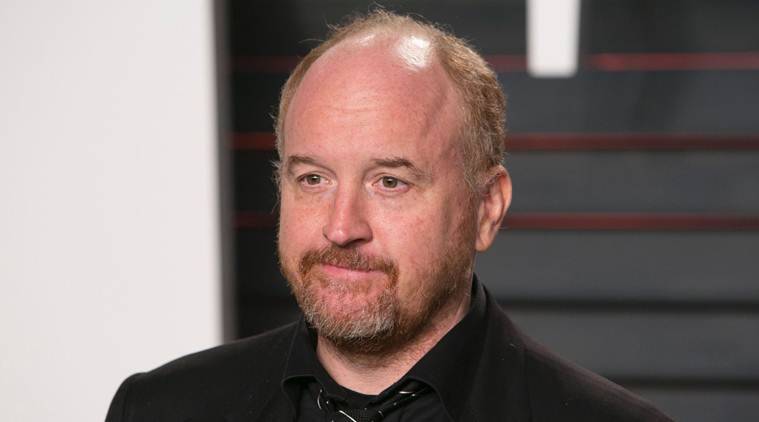
He transitioned from being a man telling crude jokes and absurdist one-liners to a guy telling crude jokes and brutally honest tales about his life and the people closest to him, starting with his 2007 special Shameless.
Since then, C.K. has pushed himself to produce on a previously unheard-of scale. A fresh hour of the self-deprecating social critic’s work is created practically every year, and when it is recorded, the material is abandoned.
He not only depicted the thinking of a gluttonous, lazy, and lustful guy who also happens to be a father in these episodes but also a society of entitlement, humorous genius appears like this.
It’s hard to distinguish Lenny Bruce the comic from Lenny Bruce the icon fifty years after his passing. The fast-talking hep cat fought the police, repeatedly defied obscenity laws, and fought for his legal right to speak obscene truth to power in court throughout his brief career.

But more significantly, he nearly single-handedly turned standup into an illegal profession. Bruce slammed into a succession of improvised riffs on whatever was on his mind, whether it be Jesus, JFK, touring, or when he intended to anger the censors, the “nice tits” on Eleanor Roosevelt while matching the rhythms and lexicon of jazz with frantic smarts and filthy imagination.
Bruce’s performance was unlike anything that had gone before it because, most crucially, he overcame fear and sought his truth at the moment. It was chaotic, rambling, occasionally awkward, and lacking in a perfect punchline.
Here’s where the revolution began. He was both the Jesus Christ and the John the Baptist of contemporary comedy.
George Carlin
In addition to being a linguist with an M.I.T. degree, a First Amendment activist, and the uncontested king of standup comedy, George Carlin was many other things. Carlin experienced an early “square” phase similar to Pryor’s that was excessively mainstream-friendly.
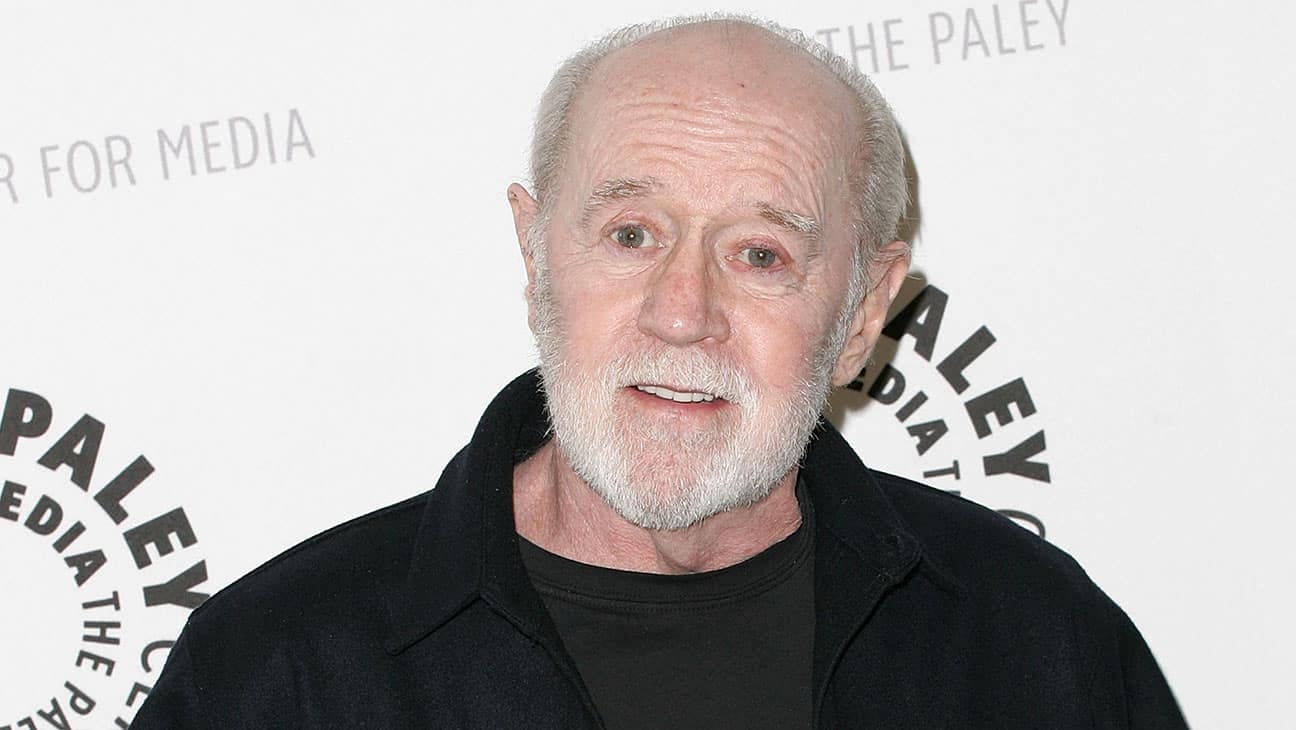
He then developed a beard, discovered drugs, and discovered his voice. He created intelligent polemics that pushed listeners outside of their socially complicit comfort zones. Watch Carlin at Carnegie or Jammin’ in New York, or really, just about any one of his almost two dozen specials, and you’ll see or hear quick, virtuoso rants chock full of clever wordplay and persuasive hypotheticals.
Carlin was the quintessential thinker’s comedian, urging his audiences to reject the barrage of nonsense that clerics, politicians, and marketers had dumped upon them.
And his advocacy for the right to free expression and his disdain for people who would misuse language gave rise to famous jokes like the seven words that are not to be spoken on TV, which is timeless. They may have changed some social norms or not, but they still were on point.
Richard Pryor underwent an evolution in his life and work, as is the case with all great artists. He overcame a traumatic upbringing in which the frightening and colorful personalities shaped the foundation of his early act; he worked through a clean-cut Cosby phase.
He discovered cocaine, and finally, he burst out of a staid Vegas lounge act, running away to San Francisco and becoming the outspoken, unrestrained spirit that turned standup on its head. Pryor was unbeatable when he was at his peak, which was captured on film in specials like Live in Audience and Live on the Sunset Strip.
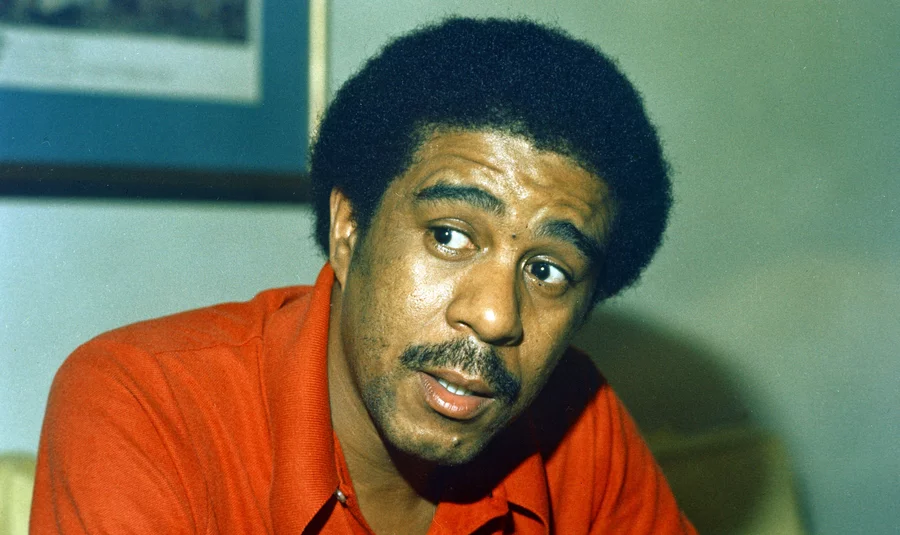
The comedian may admit to shooting the tires off his car as a form of spousal retaliation, then broaden his perspective to contemplate police abuse before discussing what it’s like to, you know, get a monkey’s penis in your ear.
Pryor displayed every aspect of who he was: swaggering and vulnerable, cocky and candid, superheroic and all-too-common. Even his worst experiences, such as a heart attack and a subsequent spree of freebasing that led to his self-immolation, served as material for his high-wire humor.
While his personal life was a shambles, he was fluid, adaptable, and captivating on stage. Pryor is comedy’s guts and heart, and Carlin is its brain and conscience. It’s improbable that the guy dubbed the “Picasso of our profession” by none other than Jerry Seinfeld will ever be surpassed.
Also Read: 50 Hottest NFL Players of All Time [Updated 2023]


